One of my earliest memories is of being in the rear of an FSO Polonez as my Dad drove through a car wash. I remember watching streams of water flowing down the inside of the rear windows. My aunts were in the back with me and they were rushing to get tissues to stop the water coming in. I don’t really remember much more of it, except that at some point my Dad sold it to a friend of his who kept it for about 12 years before he got rid of it.
Growing up my Dad never bought a new car. He only ever bought second hand cars, but – most of the time – he bought good cars. One day we’re going out to a dealership to look for a car and I ask him why he hasn’t bought a new car. He told me that he did once and the experience was so bad he swore he’d never do it again. That car turned out to be the FSO Polonez that had the sieves for windows.
He filled in the blanks for me about the vehicle. He bought it brand new from a dealership in Birmingham and the car never worked for him. The dealership he bought it from were next to useless. When it went in to get fixed for one problem it would often come back with another issue.
Reliability? Well…
When it did work it was horrible to drive. It lacked any real power, and it wasn’t as practical as he thought. He couldn’t understand why, as a hatchback, the rear seats didn’t fold down. None of the Polonez’s sold in the UK had folding rear seats. But what irked Dad most about it was the fact that he sold the car to a friend of his, and his friend never had a problem with it. Not for the 12 years he had it until it rotted away to dust outside his home.
Today though I find more and more groups praising the FSO Polonez. Granted, most of these groups are in Poland and they’re proud of a vehicle they produced from a discarded design by Fiat. I’m drawn to finding out more about this car, maybe even trying to own one at some point. My Dad isn’t around now to ask more questions about it – he hasn’t ran away, he just passed away – and I highly doubt he’d want to visit those dark places again anyway. But this is what the internet is for isn’t it? To Google random crap on your lunch break.
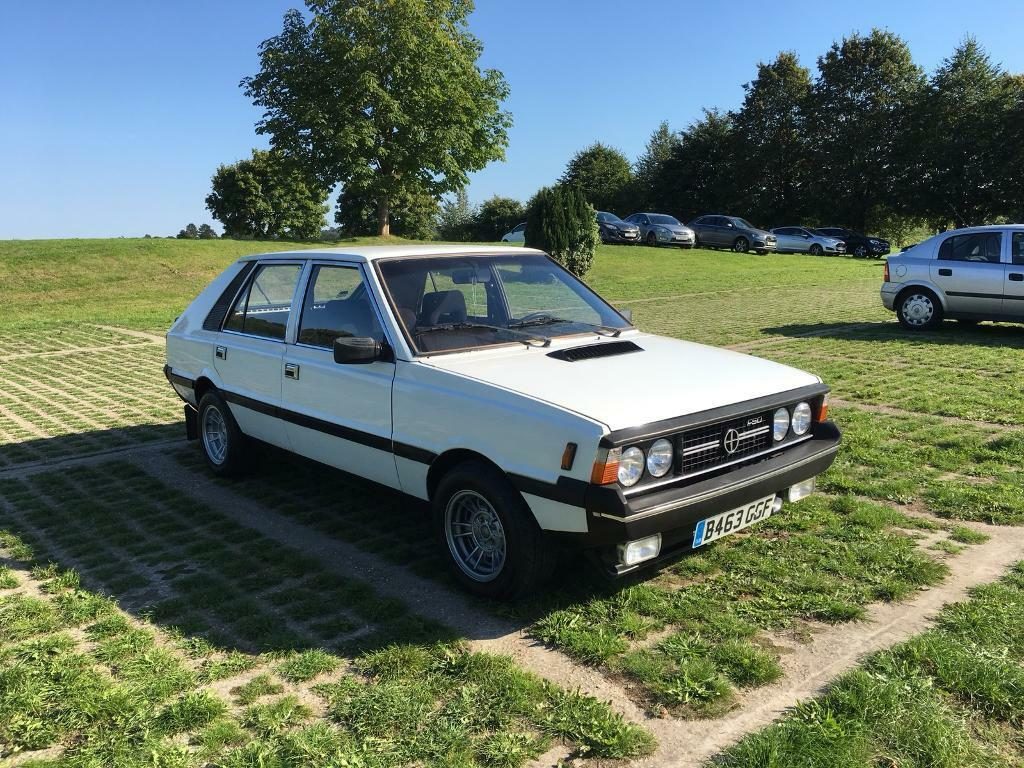
How the FSO Polonez came to be
Like all good ideas, it started during the early-1970’s. To begin with, Fiat’s styling house penned a prototype to become a new car for the company. For whatever reason, Fiat themselves didn’t adopt the car. This meant design languished in the darkness of a filing cabinet somewhere in Turin. A few years later, Fabryka Samochodów Osobowych (FSO) wanted to produce a second car to replace the Polski Fiat 125p they were producing under license from Fiat.
Together with FSO’s designer Zbigniew Watson, Walter de Silva (former head of the VW Group) and Giorgetto Giugiaro – yes, the same Giugiaro who designed the Lotus Espirit, Ferrari GT250 AND the Nikon F4 camera – they took the early design work and created the Polonez. The car itself was based on the Fiat 125p platform to reduce production costs. This meant that any design change had to be applied to both cars to keep things simple for them. Yes, the Polonez was based on the Polish version of the Lada.
The FSO Polonez initially came as a either a 3 door or 5 door hatch back. The 3 door hatch back version didn’t last in production as they stopped making them in 1991. It came with some resemblence of an engine too. You had the choice of either a 1.3 litre petrol or a 1.5 litre petrol. But both were so asthmatic and wheezy they should’ve came with their own inhalers. FSO had hoped to include Fiat’s powerful 2.0l DOHC engine, but the money wasn’t there to make that happen.
In 1983 FSO added a VM Motori 2.0 Turbo Diesel power plant to the range, which improved things somewhat. But if you wanted petrol and you weren’t a member of the Communist Party of Poland, your choice was either a 1.3 or 1.5 litre petrol engine.
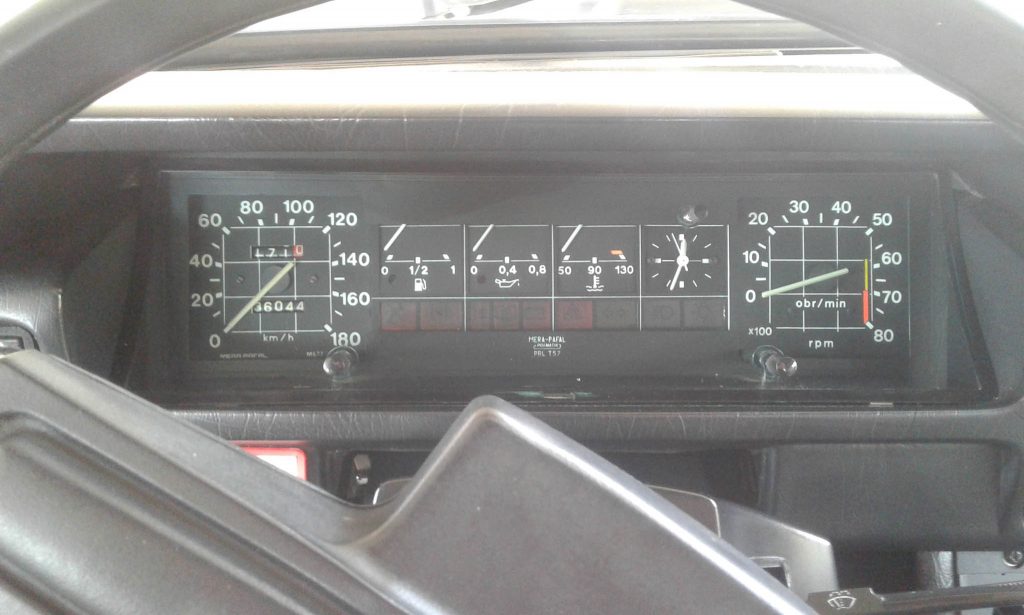
Pride comes after the fall of an Iron curtain
After the fall of the Berlin wall and Poland’s inclusion in to the European Union things got better for FSO. They introduced a facelifted Polonez called the FSO Polonez Caro, as they finally had stopped production of the 125p. That also meant they could get rid of the hamster driven 1.3l petrol, and “refresh” the options with 1.5l, 1.6l and 2.0l petrol options. The 2.0l petrol engine being the same engine that powered Ford’s Sierra.
In 1994 FSO struck a deal with Rover, so the Polonez was now also available with a 1.4l K-Series petrol. The Rover engine was the only 16v option available on the Polonez when production was stopped in 2001. In 1997, further improvements were made to the Polonez when Daewoo took over FSO. Build quality had been improving since the fall of the Iron curtain. This continued under Daewoo who also used FSO’s facilities to build the Daewoo Tico, Daewoo Nexia and Daewoo Espero. In 1999 they even built the Daewoo Matiz there.
Koniec ery: The end of an era
Daewoo went bankrupt in 2000 and they were swallowed up by General Motors. The Polish government stepped in and made FSO independent again. The Polonez though didn’t last much longer, and in 2002 the last Polonez trundled off the production line. One of the Polonez’s selling points was its cheap price. At a time when new cars were really expensive, the Polonez offered value for money. The new millenium saw the second hand car market swell with affordable premium cars, meaning the Polonez was left behind.
During it’s 24 years of production, FSO produced many variants of the Polonez. I’ve already spoken about the hatchback. With the Caro facelift they introduced a saloon version. If your needs were more truck like, then FSO had you covered. They produced a truck version of the FSO Polonez up until 1997. And what if you’re suffering from sort of medical emergency? Well the FSO Polonez also came in an ambulance configuration. They also had a police car version. Just in case the Polish Police needed to ask you a few questions once the medication had worn off.
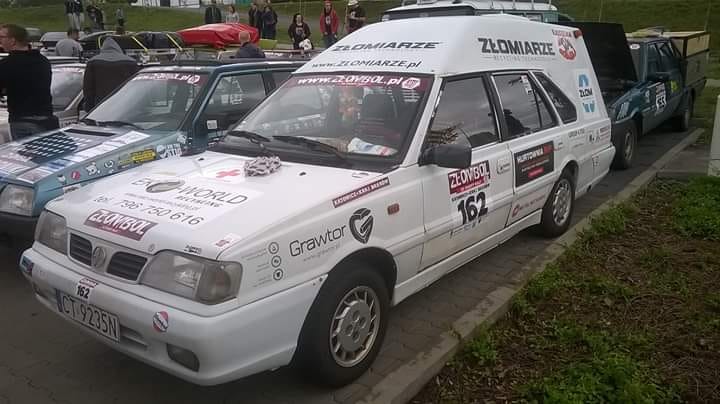
The car even saw ministerial service, being the vehicle of choice for the Polish president.
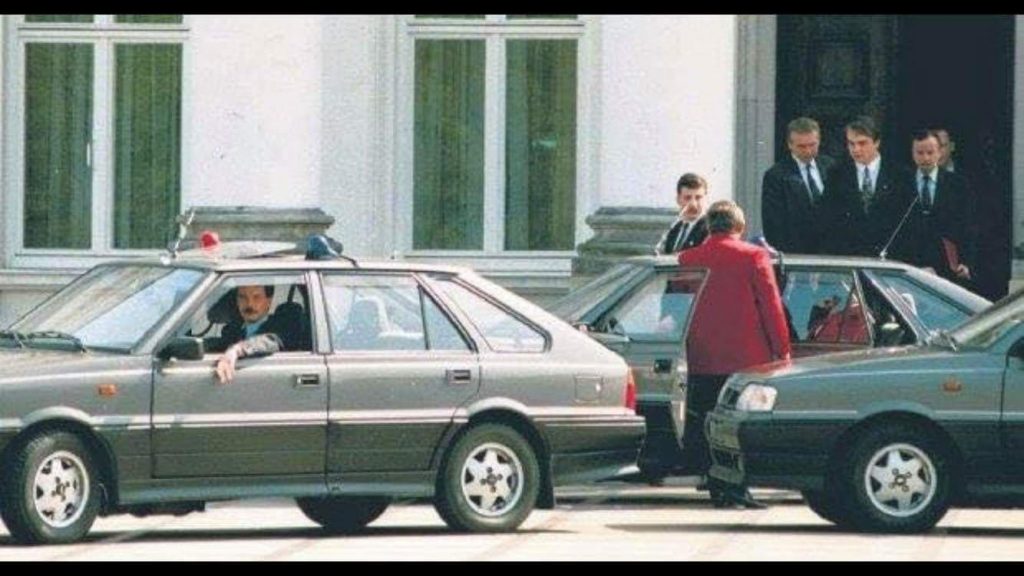
The legacy of the FSO Polonez
My whole experience of the Polonez is skewed by being young and my late father’s review. But from researching the car over the years, it seems everyone in the UK had the same opinion. The kindest thing I’ve read about the Polonez was that it was “mediocre at best”. The majority of commenters call it the worst car they ever drove though.
I’ve never driven one, not for the want of trying. When I was looking for my Lada I had intended to buy a Polonez first. They’re nearly extinct here in the UK, and they’re becoming less abundant in it’s home market of Poland as well. However, unusual for an older car, the numbers of them have increased on UK roads. From a low point of just 1 Polonez in 2012 ,there are now a grand total of… 10! I’m no good at statistics, but that’s definitely the largest increase of a specific vehicle in the history of vehicles.
The community
During the time I was looking for a UK based Polonez I came across the FSO Polonez Fan Club. It’s primarily Polish based but when you see the guys and their cars – regardless of the language barrier – you start to ask yourself a question. If this car was really was that bad, would it have this loyal of a following? The Polonez is looked on fondly now as a car that had it’s issues. It may not have been the best at the time either. However it has much more character than the identikit cars that we’re surrounded by today.
From that group, I got to speak to a few owners about their experiences with the Polonez and why they still drive and own one. Friend of the website Daniel Rodzen had this to say:
“Most probably because I was hit by one when I was 3, since then something hit my head and heart probably. So today have got a weakness to Polonez and women. The car was driven by a woman!”
He then went on to say:
“That’s a Polish car, quite rare in the world, RWD, simple to fix and learn basics mechanisc. Was used even by the Prime Ministers so it’s kind of a Polish BMW or a Merc. To be honest that’s my sunday car, daily I am driving TypeR fk2 but that’s totally different car and a pleasure of driving. It also includes history of Poland in it. Worth to mention Michael that they are pretty expensive nowadays cause of the poor quality and rust. Almost gone from roads nowadays.Believe me or not it is more difficult to find Polonez on roads than a new TypeR nowadays, which makes one feeling quite unique.”
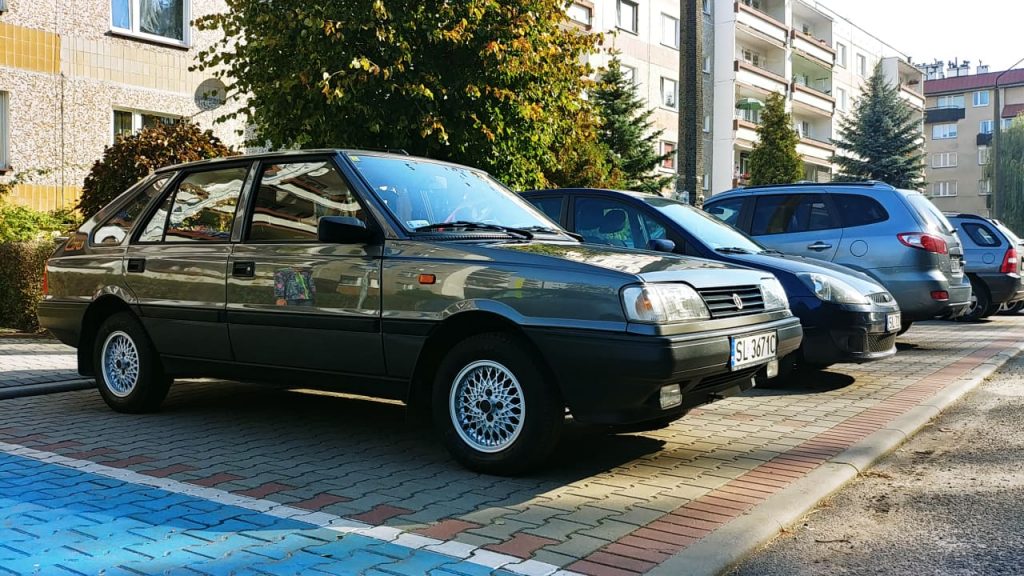
Paweł Oborski, another friend of the website, had a more blunt answer to me asking him why he still owns a Polonez:
Because I’m a masochist! The Polonez is a very mechanical car, crude. But once you try to make him ride well can give you fun from driving.
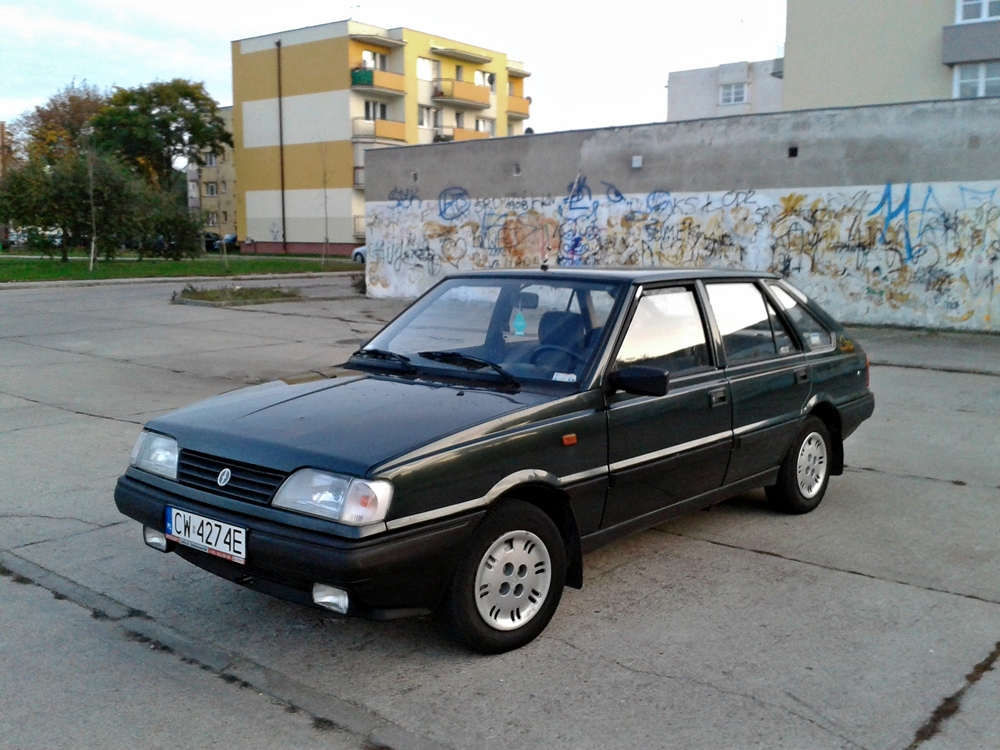
I’ll give the final word to – you guessed it – another friend of the website Patryk Pat Druciarz Firlej:
“The good thing about it is you can repair all of the engine on side of the road with 3 spanners: 10mm, 13mm and 17 mm. Honest, I drive with it in fact its more rare then anything else. It’s Polish and I’m Polish so this is one reason, but the other reason is it’s easy to fix. You desnt need Diagnostic tool and you can repair with using a basic tools!”
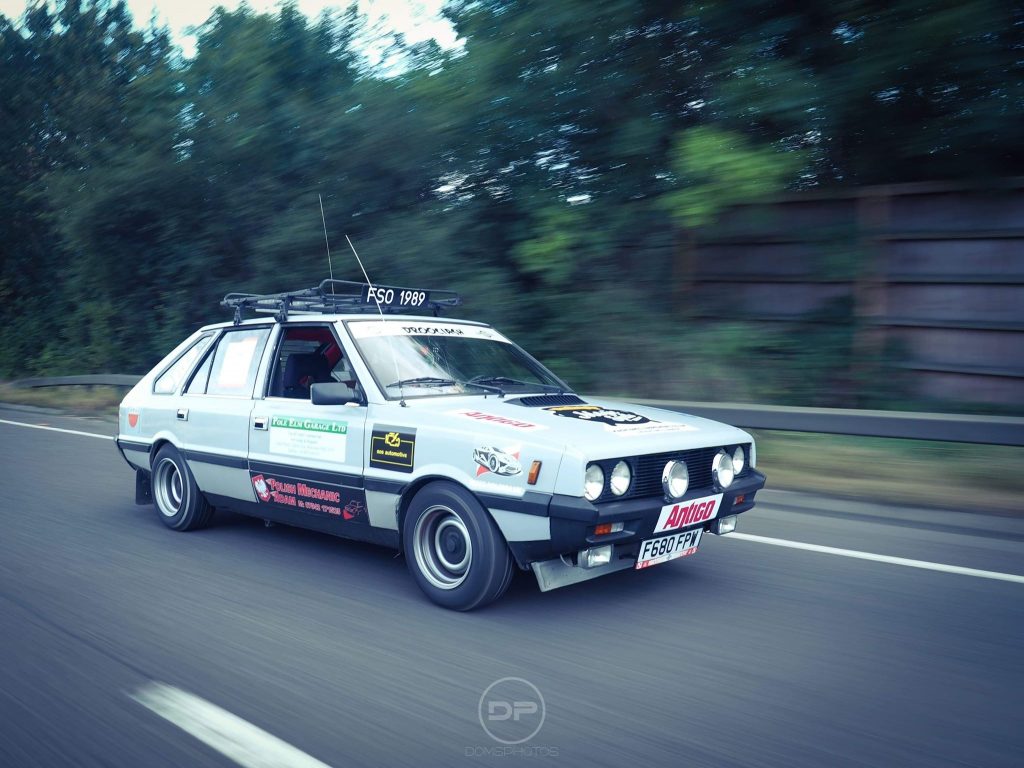
My Conclusion
It was really interesting seeing the cars that these guys own, their stories with them, as well as the other photos members of the Facebook group shared with me. There is so much pride there with these vehicles, as they’ve gone beyond just cheap runabouts and now exist as rare and unique examples of motoring. They may not be the best car, but the story and significance behind them certainly elevates them above the identikit cars awash on our roads today.
But drivers old enough to remember them in the UK don’t share this view. Could it be just another case of badge snobery? If the Polonez had been built by Volkswagen, would it be looked on more fondly now? Maybe, but early cars may have been built better and would have had the powerful engines that this car deserved.
The bottom line with this car is that, design wise, I like it. It’s a car designed by Giugiaro! That means this car should be respected far more than it is. It should also be forgiven for being a product of circumstance and politics rather than fundamental bad engineering.
The Polonez holds a special place in the hearts of Polish people who grew up with them, and the community is a great reflection of that. They’re proud of these vehicles, especially of those that survive today. They accept their faults but it like any true love you look past that to the beauty underneath. And remember: there are less Polonez cars on UK roads than there are Ferrari F50’s.
Be honest with yourself. If you were walking down the road tomorrow and a brand new Mercedes C-Class drove past you wouldn’t even acknowledge it. But if one of these perfect FSO Polonez cars drove past you, your head would be turned quicker than a married man in a free strip club.
One day, I will own an FSO Polonez. Just don’t tell my wife, especially about the strip club.
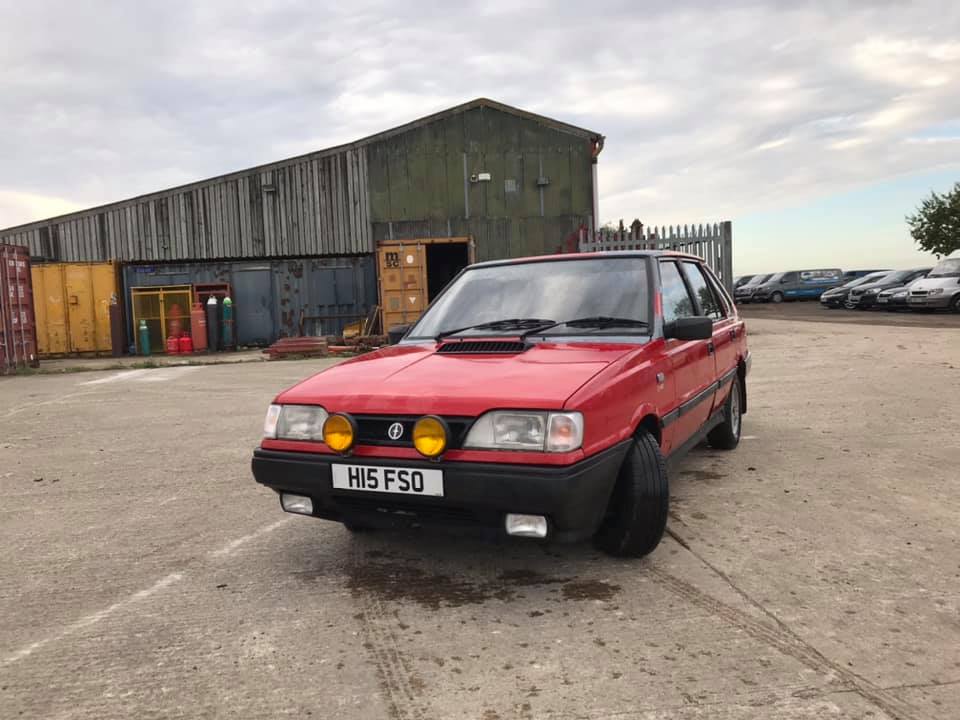
Red FSO Polonez – Photo provided by Kamil Wozniak 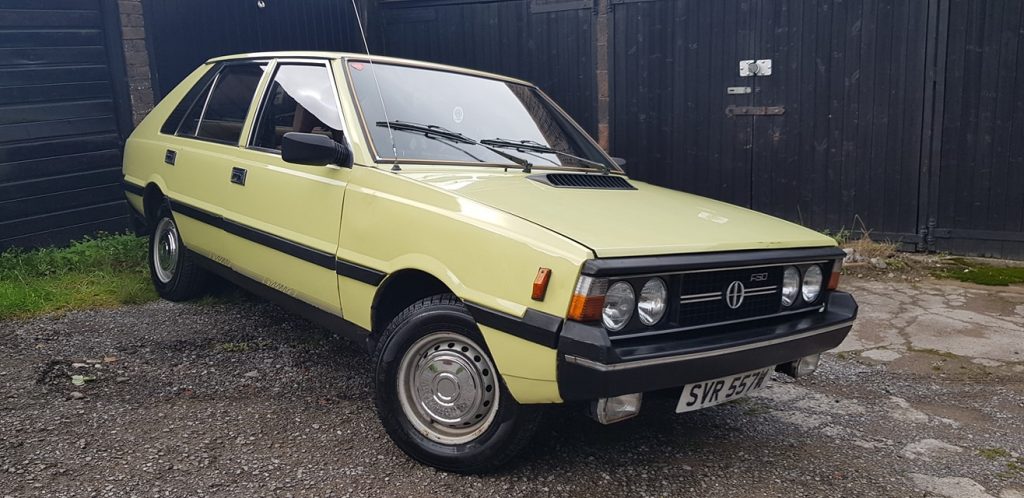
Beige FSO Polonez – Photo provided by Jerzy Korczak 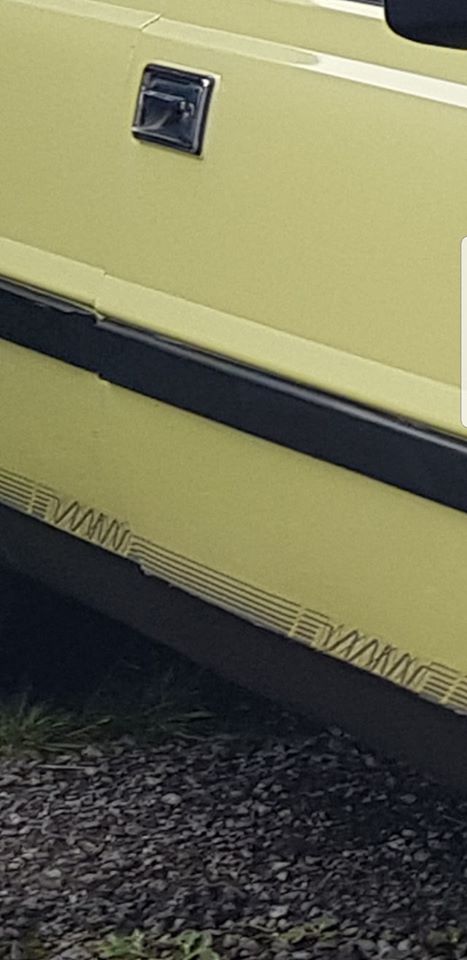
Pattern on the FSO Polonez – Photo provided by Jerzy Korczak 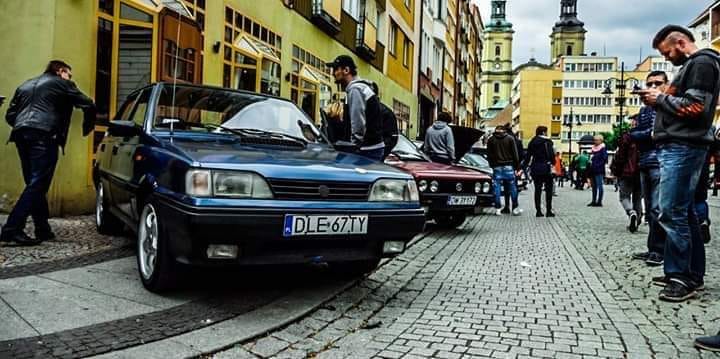
FSO Polonez – Photo provided by Krzysiek Stanejko 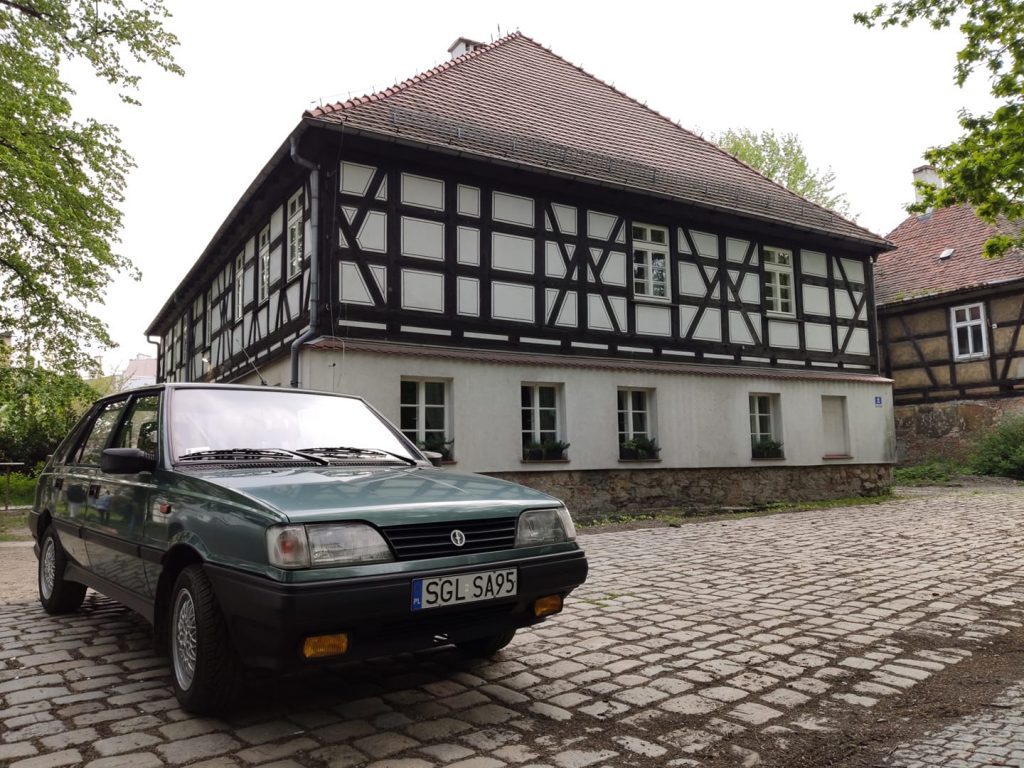
FSO Polonez – Photo provided by Michał Bismor 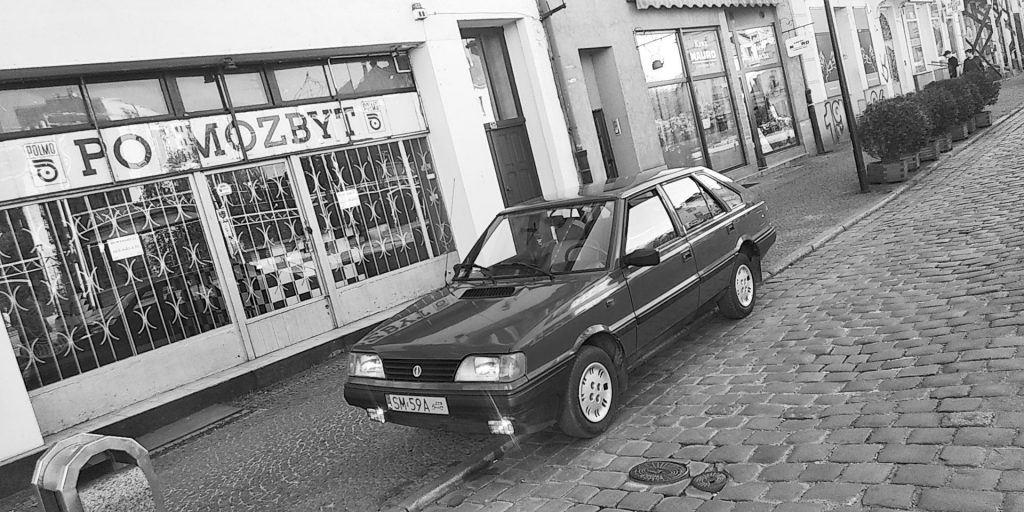
FSO Polonez – Photo provided by Tomasz Wolak 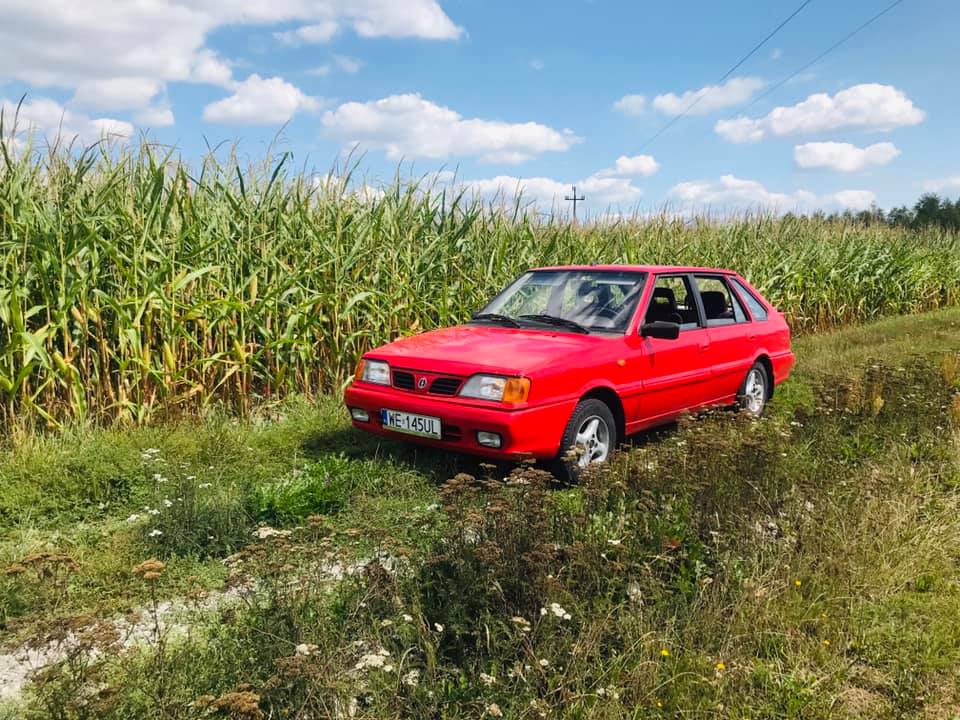
FSO Polonez – Photo provided by Piotr Jaworski 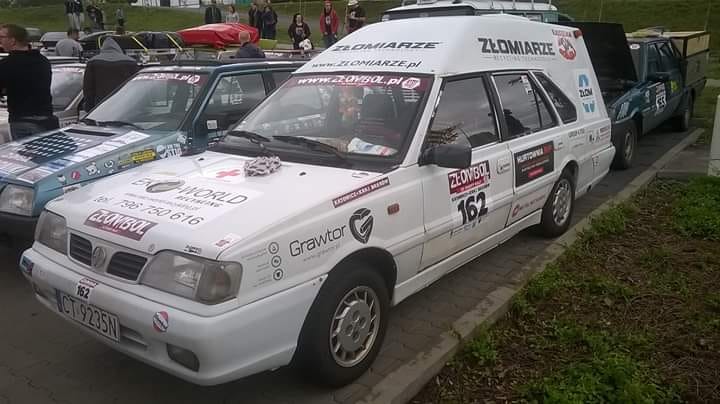
FSO Polonez Ambulance – Photo provided by Krzysztof Płatkowski 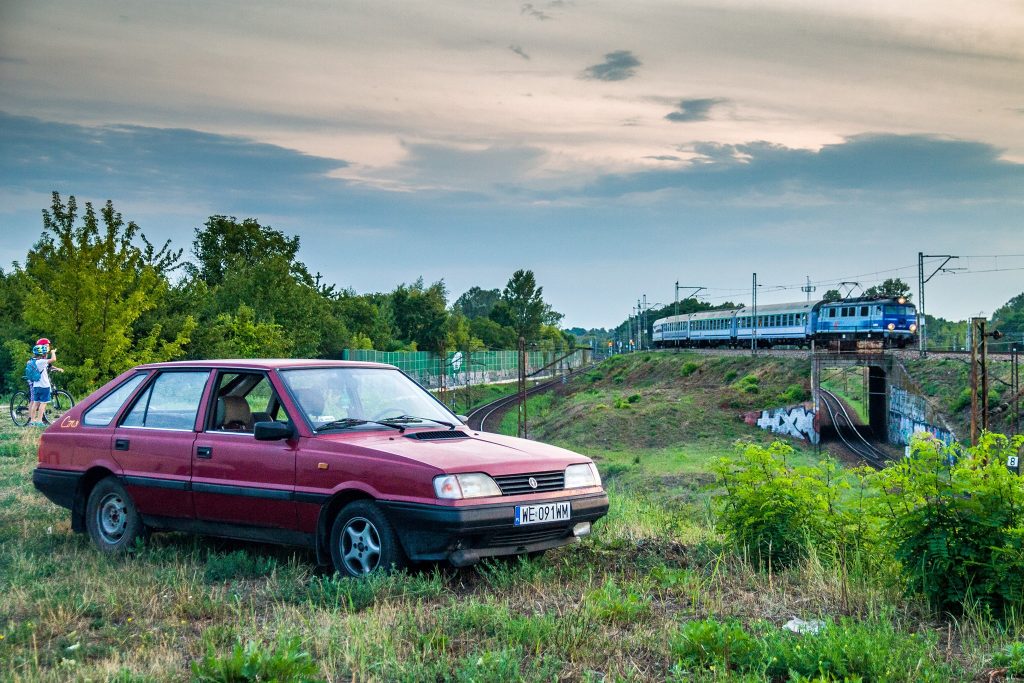
FSO Polonez – Photo provided by Jędrzej Kaczmarczyk 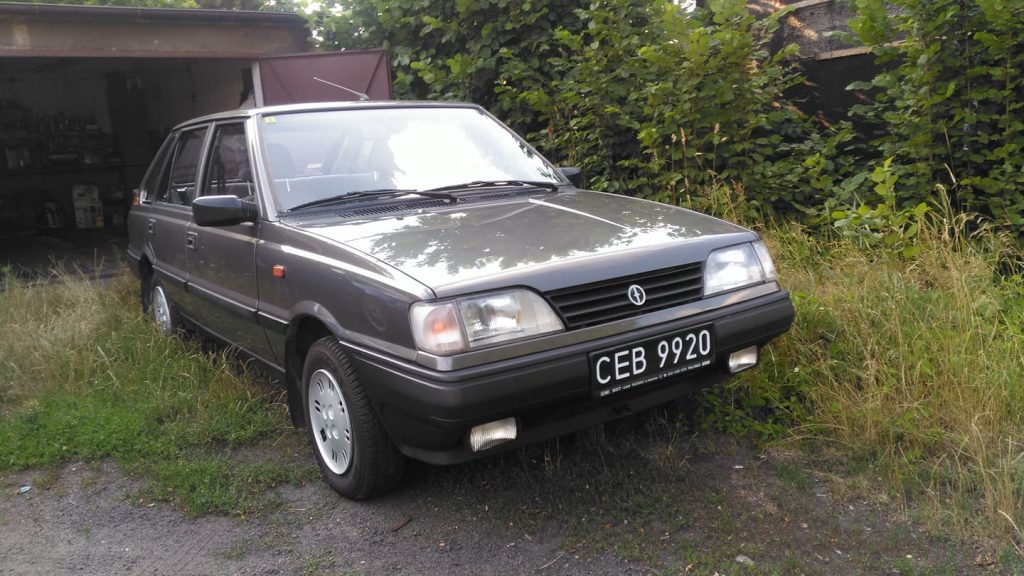
Daniel Rodzen’s FSO Polonez Caro 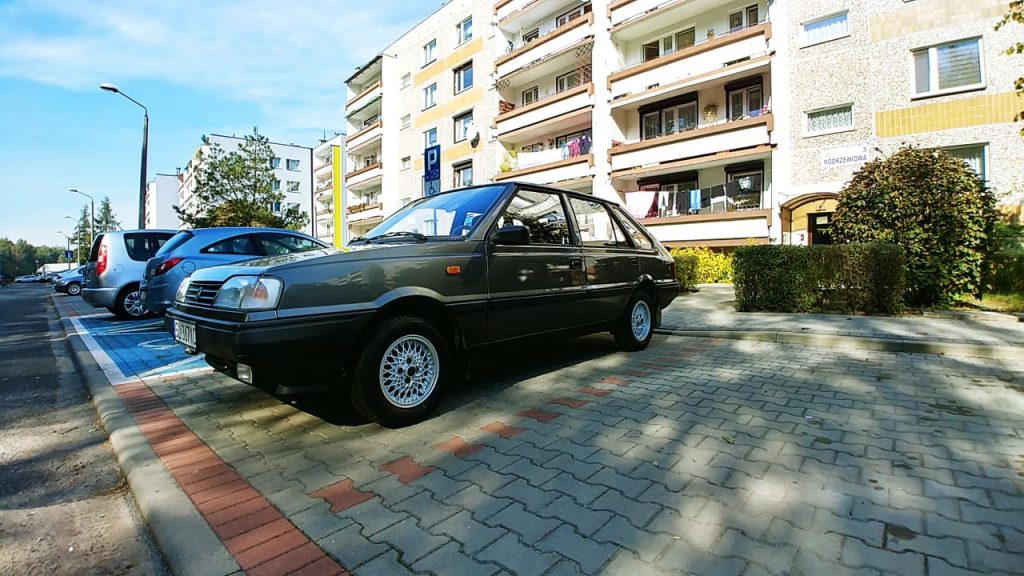
Daniel Rodzen’s FSO Polonez Caro 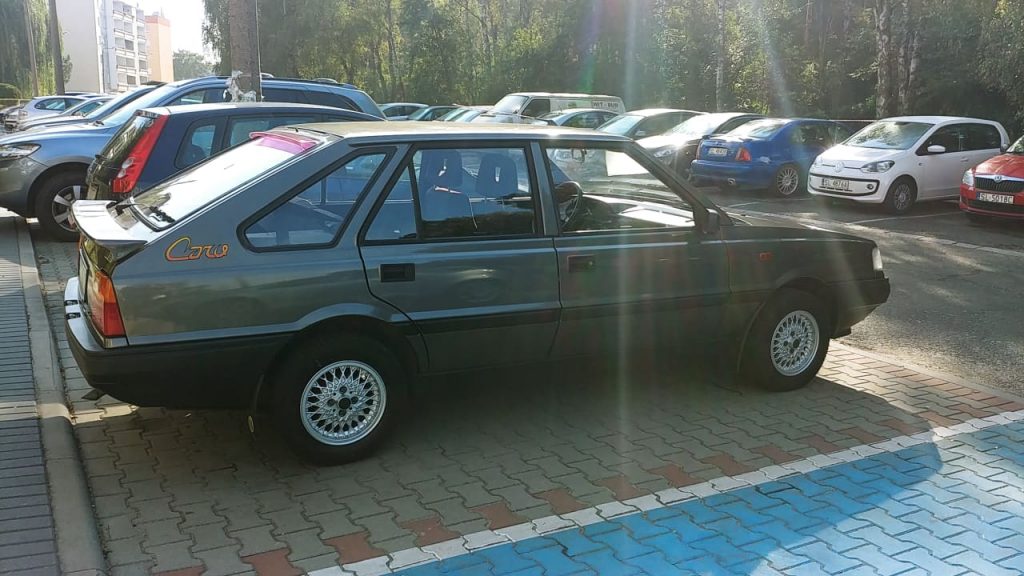
Daniel Rodzen’s FSO Polonez Caro 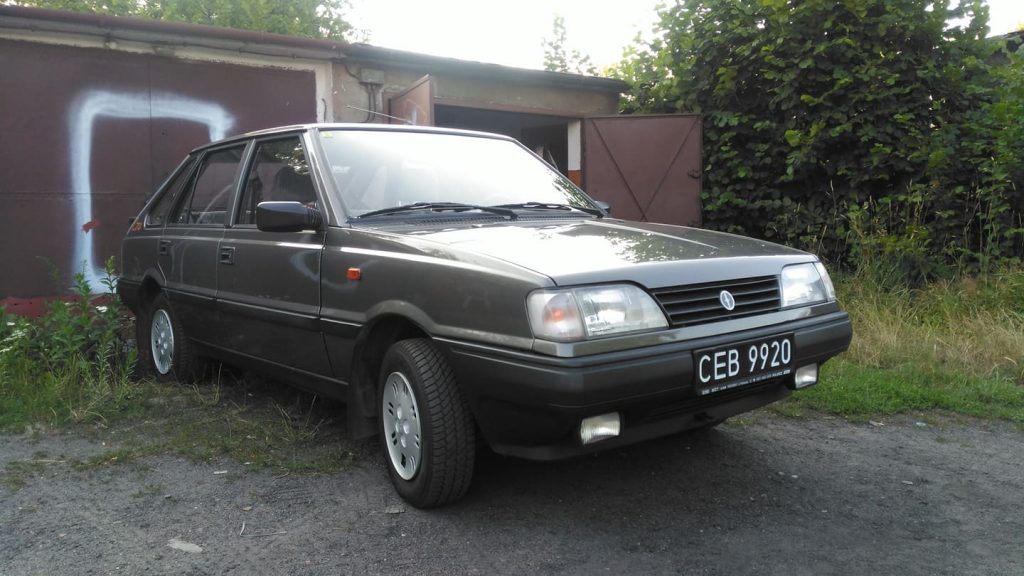
Daniel Rodzen’s FSO Polonez Caro 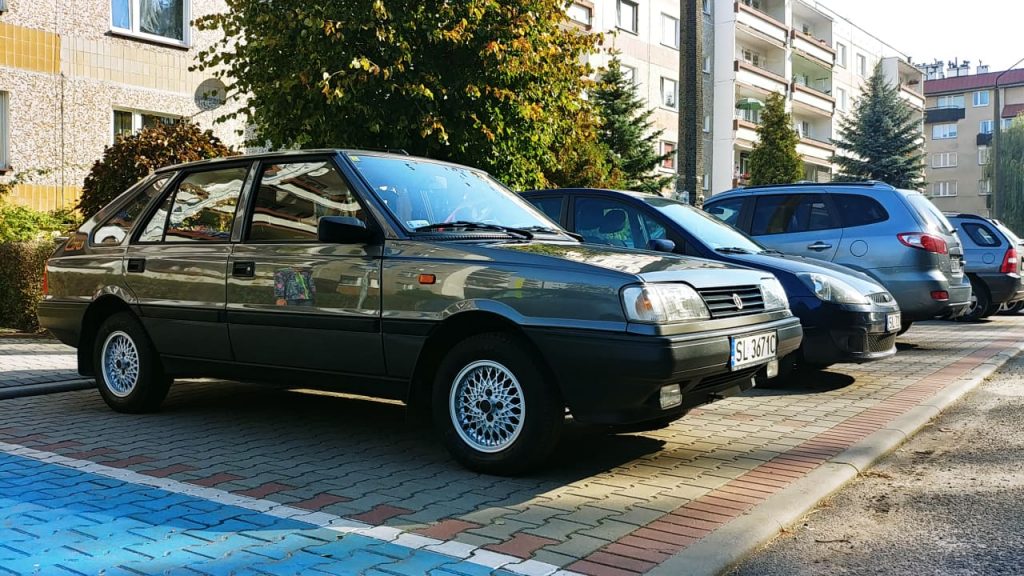
Daniel Rodzen’s FSO Polonez Caro 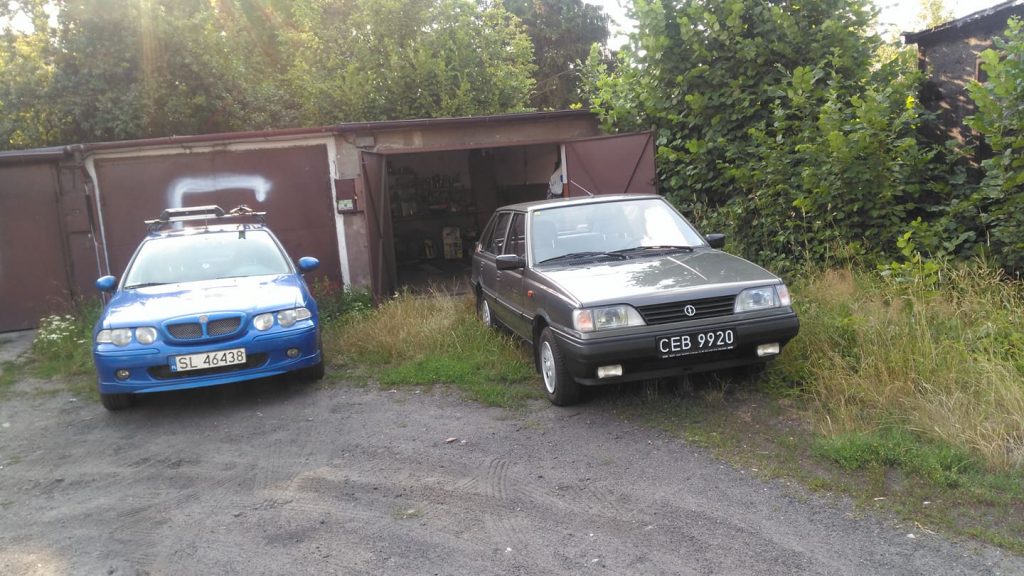
Daniel Rodzen’s FSO Polonez Caro 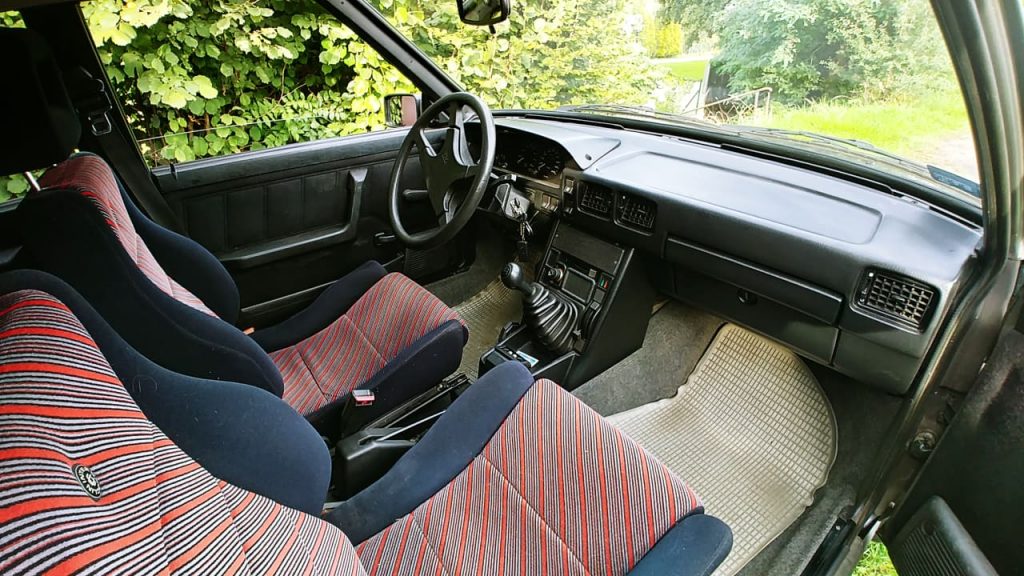
Interior of Daniel Rodzen’s FSO Polonez Caro 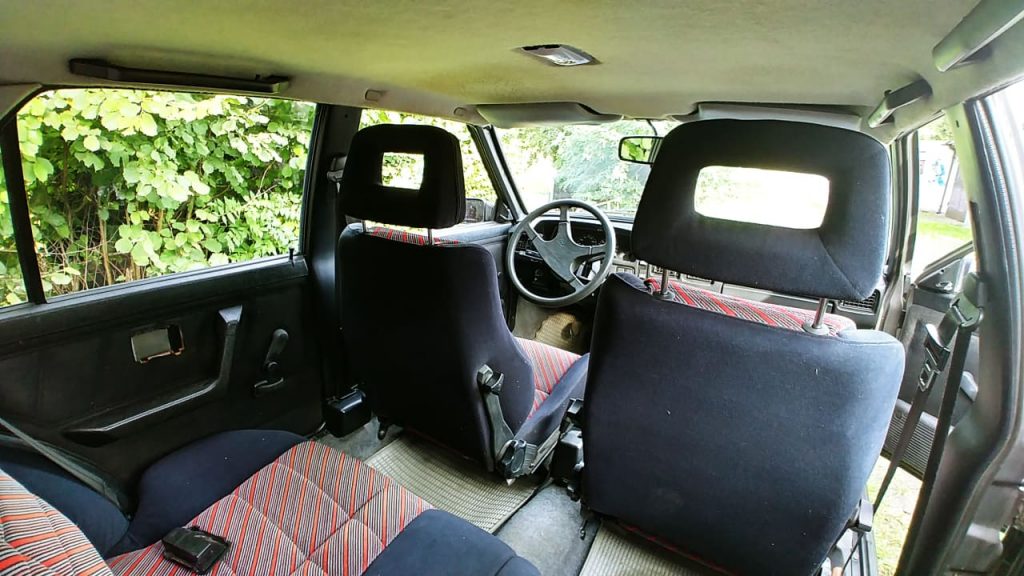
Interior of Daniel Rodzen’s FSO Polonez Caro 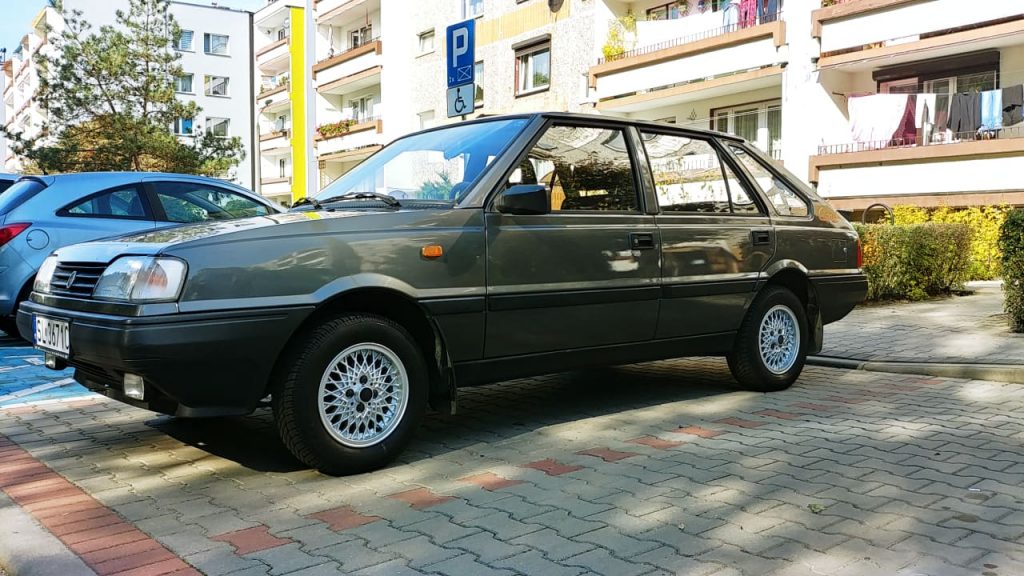
Daniel Rodzen’s FSO Polonez Caro 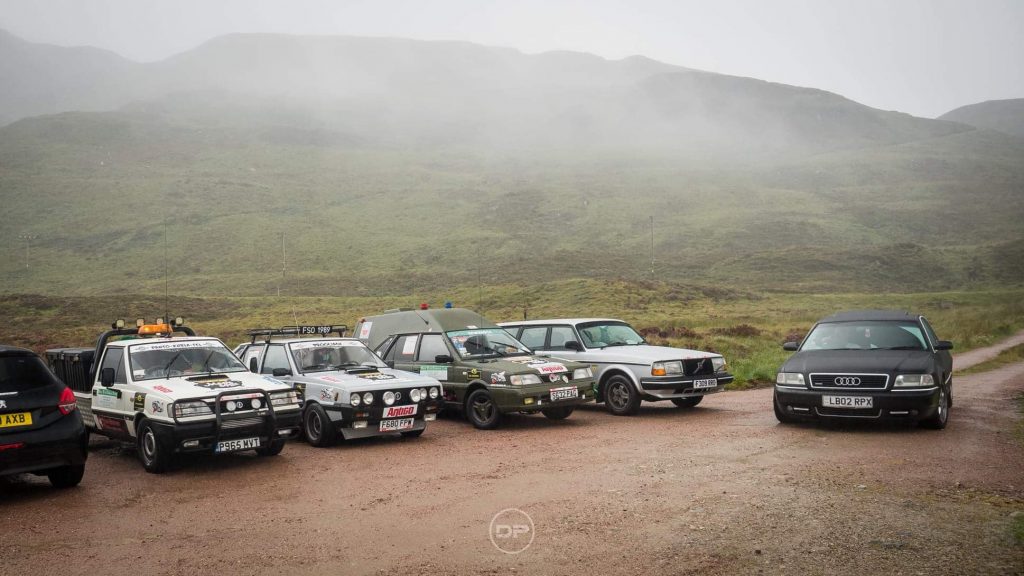
Collection of FSO Polonez’s – Photo provided by Patryk Pat Druciarz Firlej 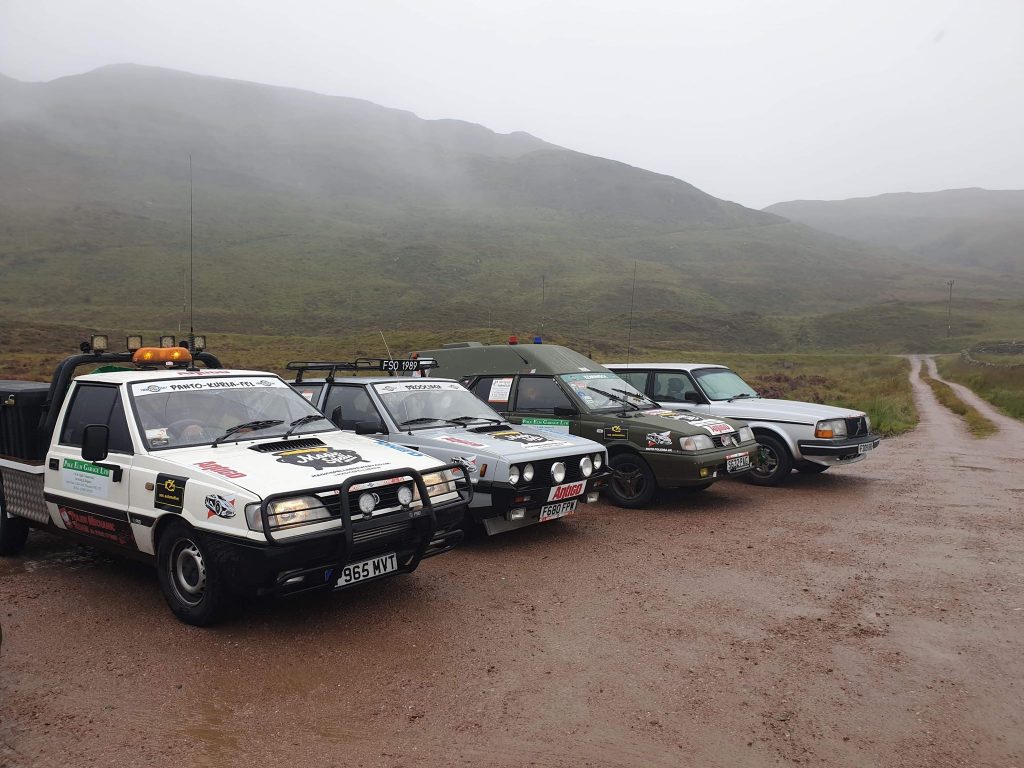
Collection of FSO Polonez’s – Photo provided by Patryk Pat Druciarz Firlej 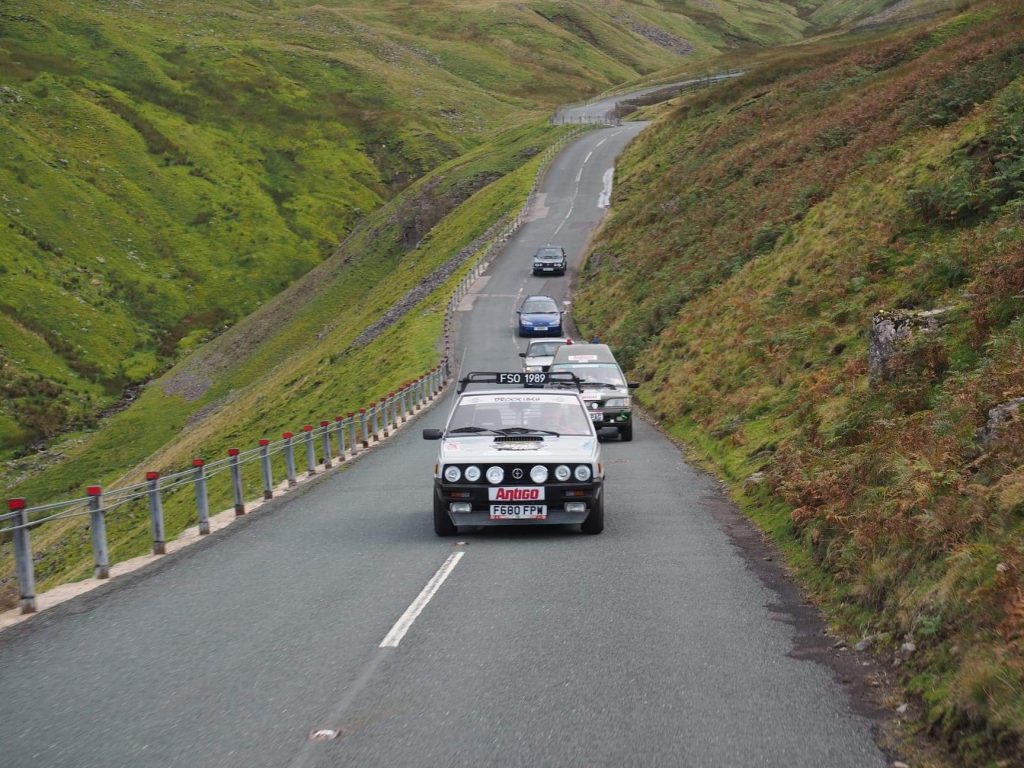
Patryk Pat Druciarz Firlej’s FSO Polonez 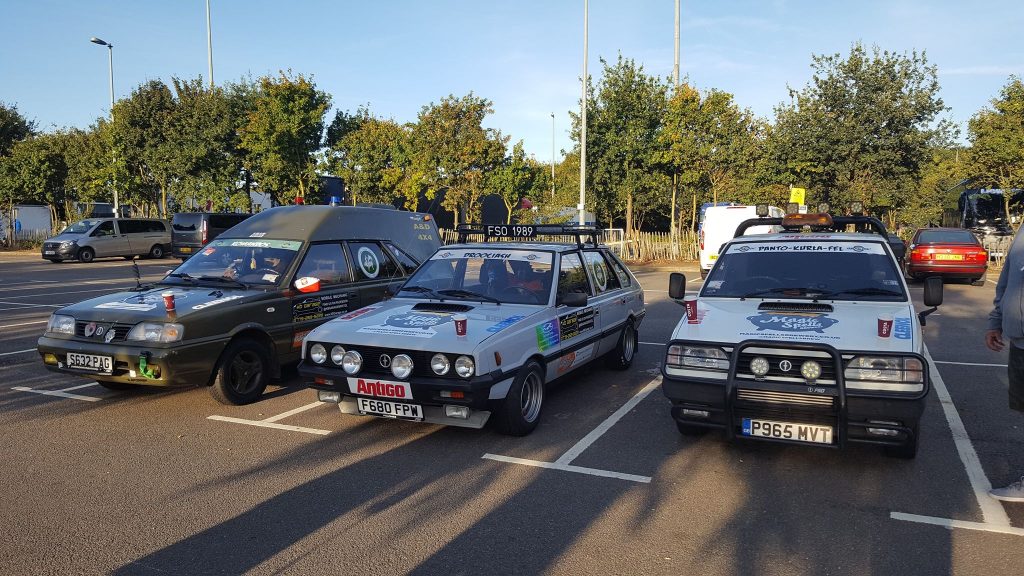
Collection of FSO Polonez’s – Photo provided by Patryk Pat Druciarz Firlej 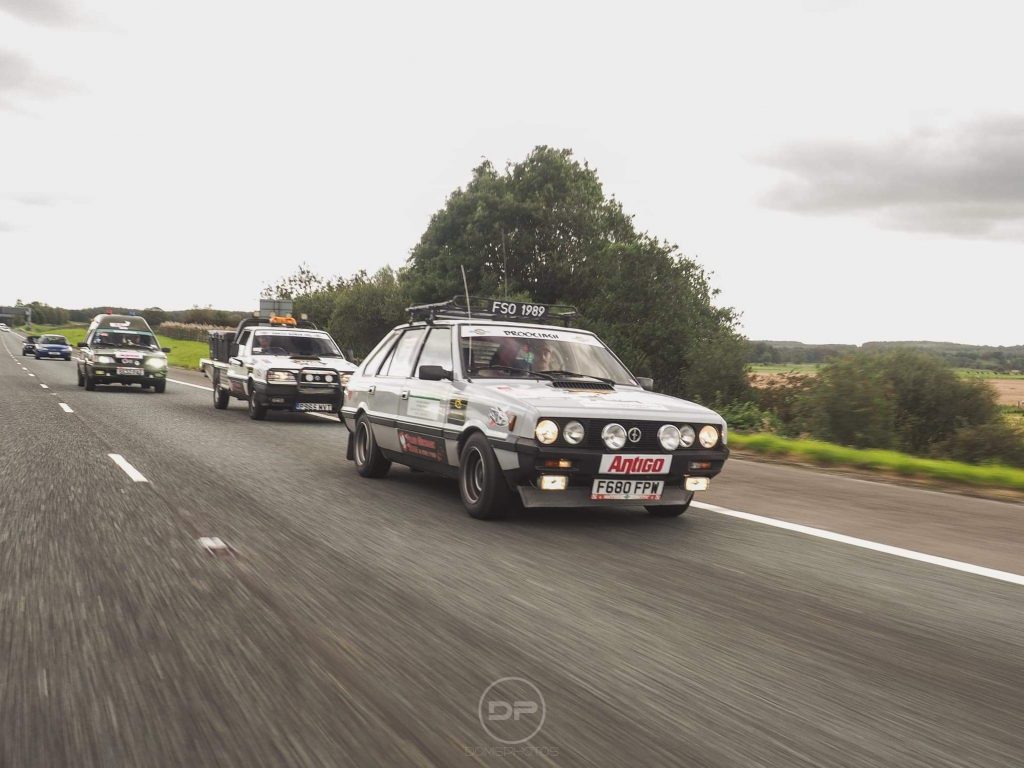
Patryk Pat Druciarz Firlej’s FSO Polonez 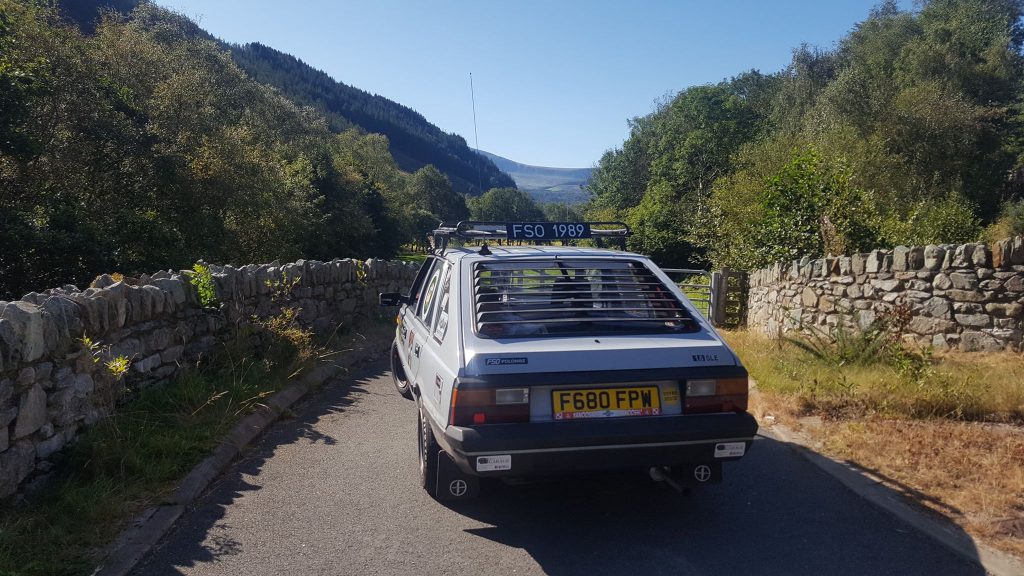
Patryk Pat Druciarz Firlej’s FSO Polonez 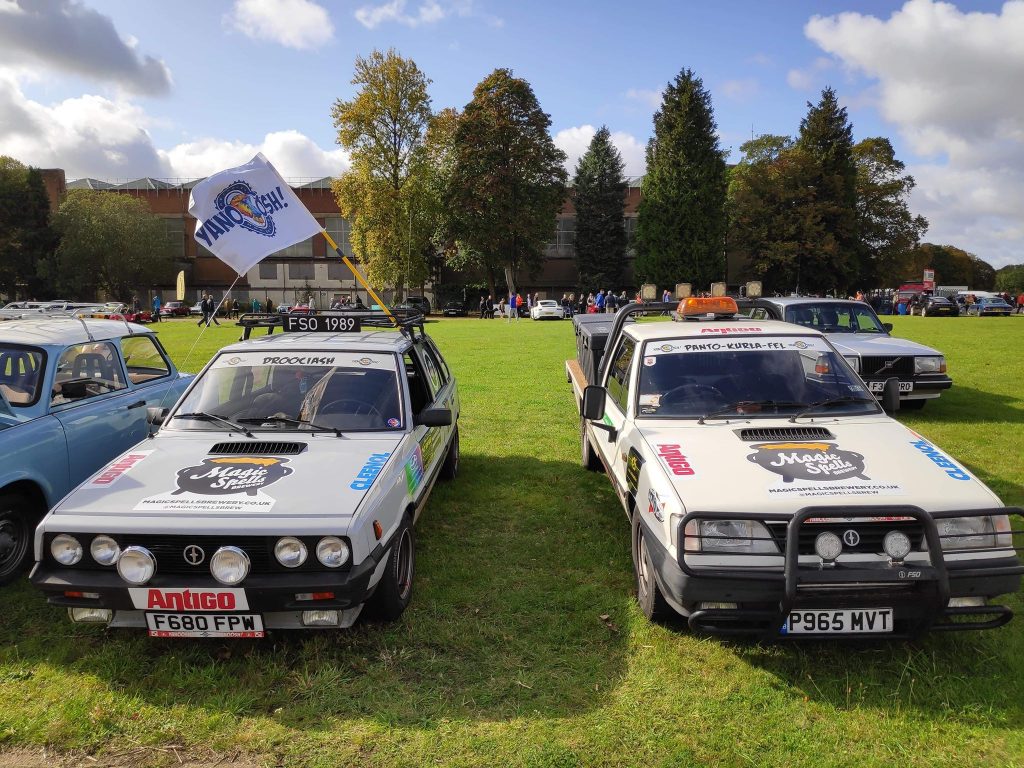
A pair of FSO Polonez’s – Photo provided by Patryk Pat Druciarz Firlej 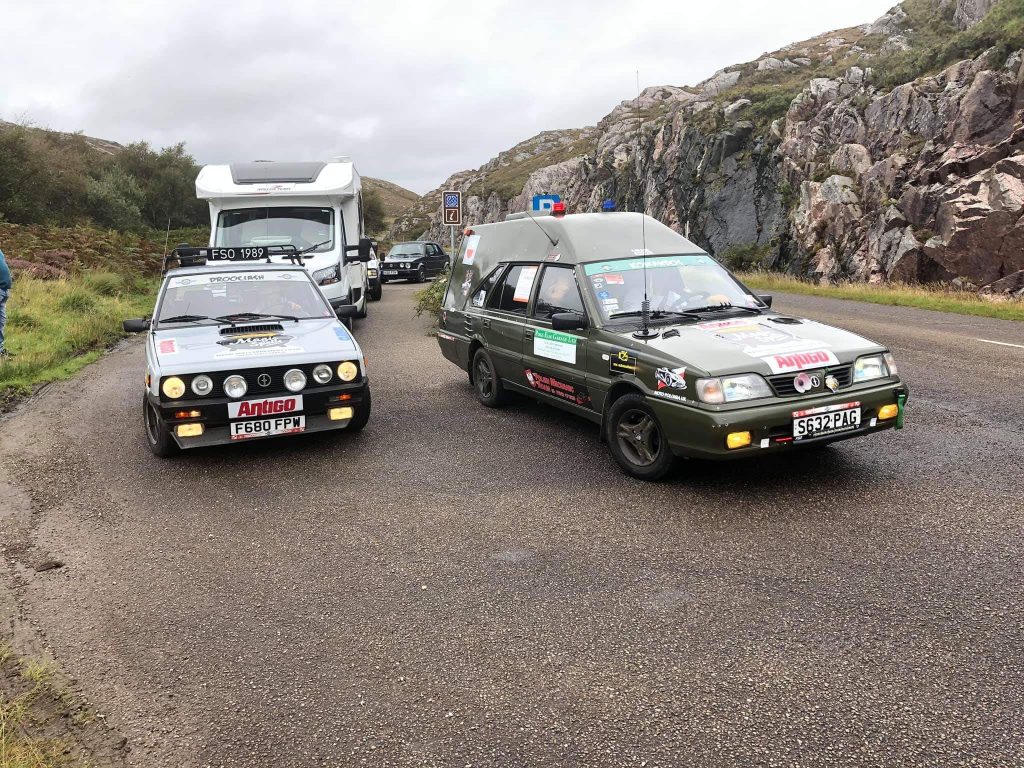
A pair of FSO Polonez’s – Photo provided by Patryk Pat Druciarz Firlej 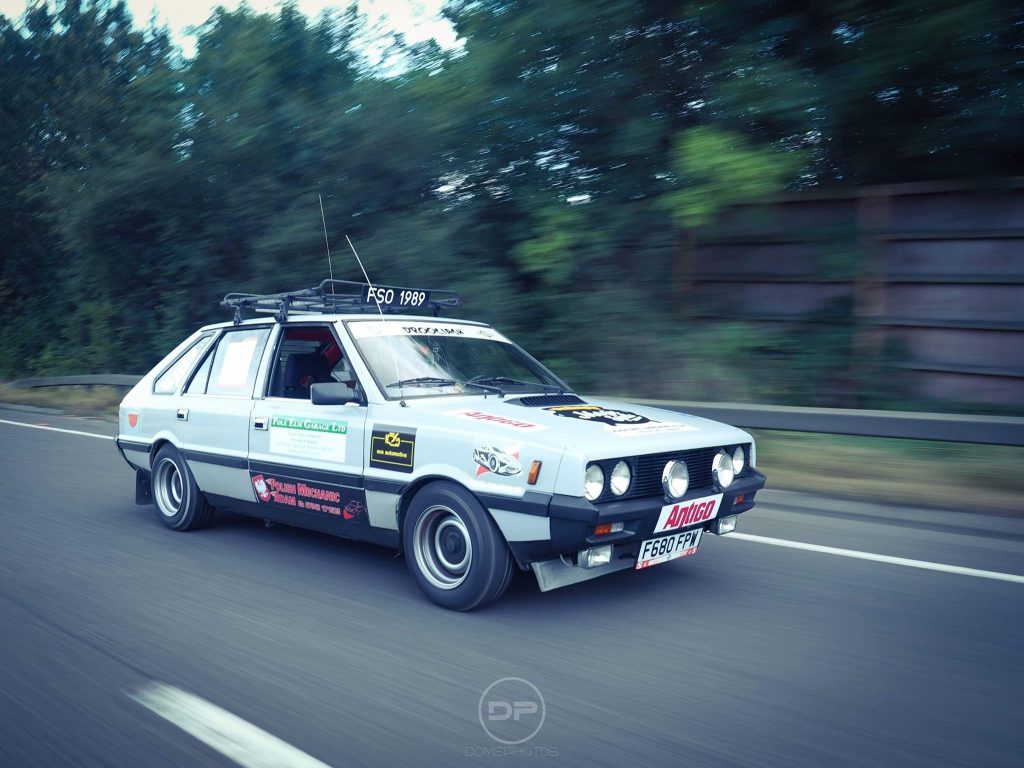
Patryk Pat Druciarz Firlej’s FSO Polonez 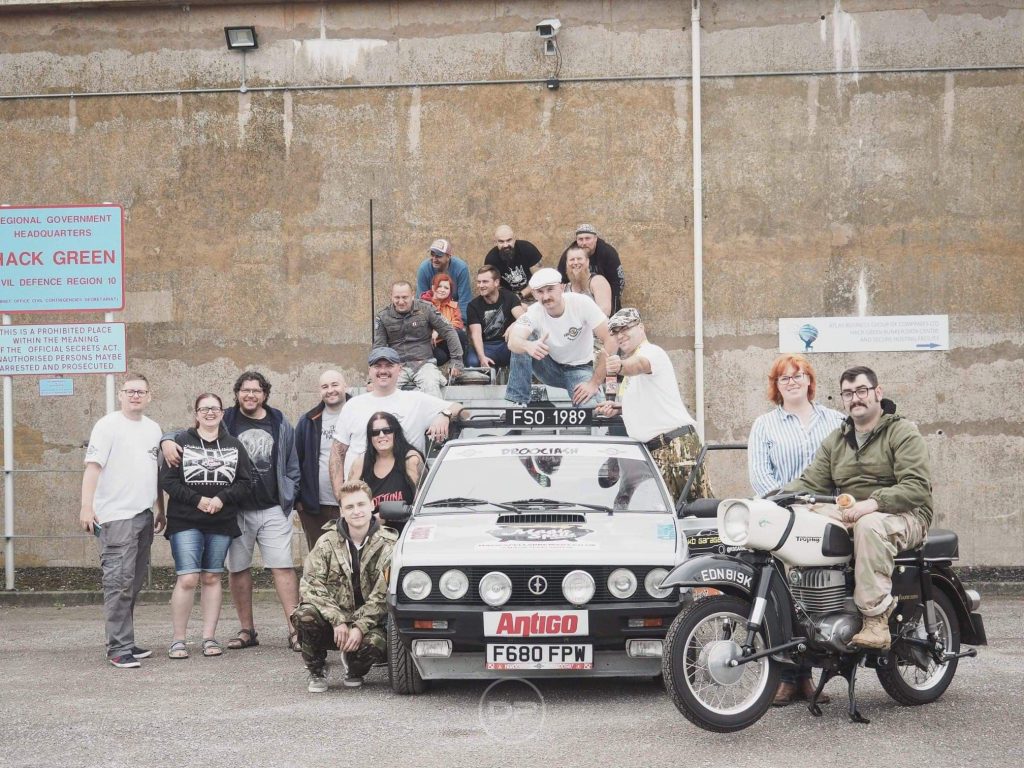
Happy people, happy FSO Polonez – Photo provided by Patryk Pat Druciarz Firlej 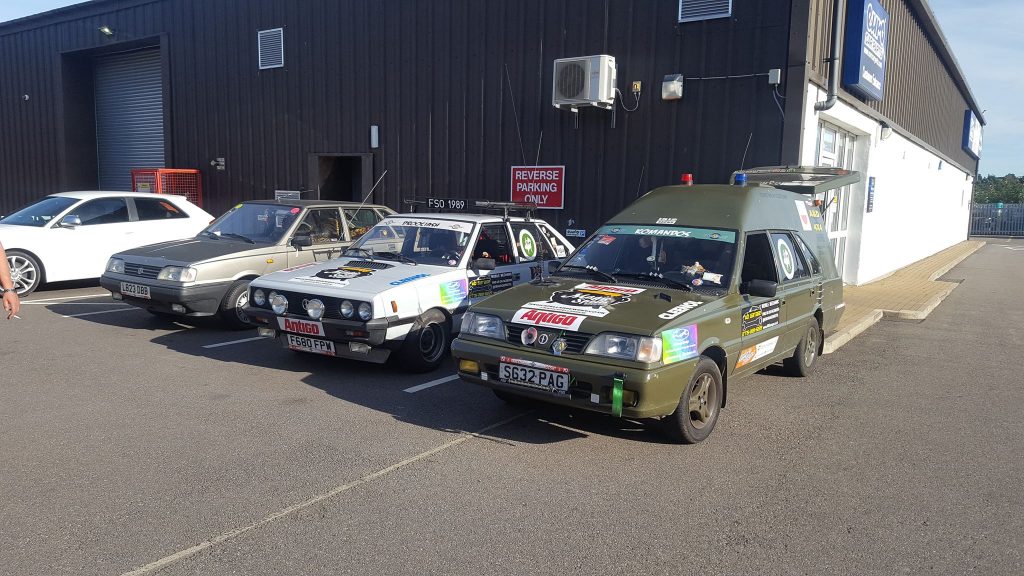
Collection of FSO Polonez’s – Photo provided by Patryk Pat Druciarz Firlej 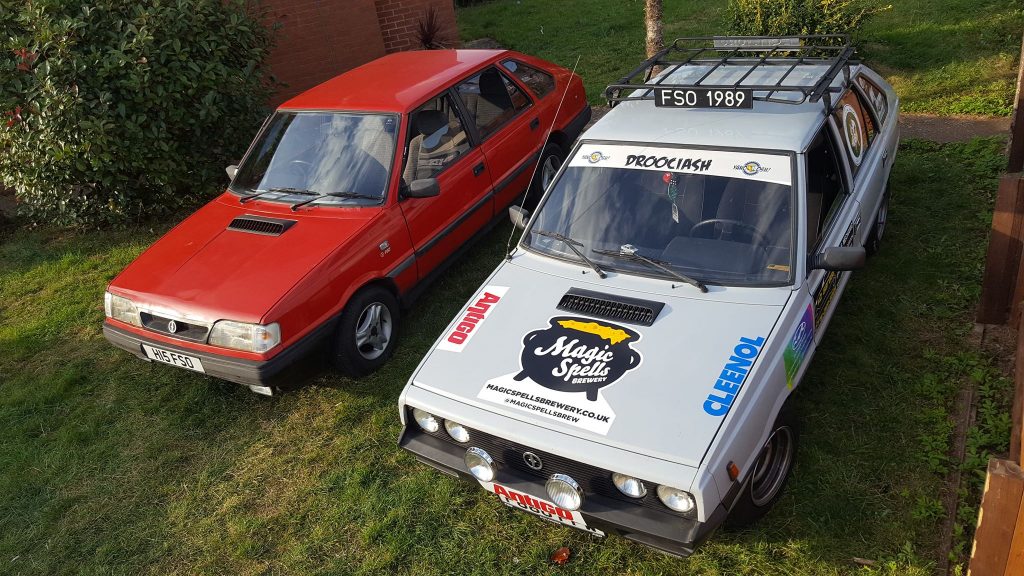
A pair of FSO Polonez’s – Photo provided by Patryk Pat Druciarz Firlej 
Polonez cowboy – Photo provided by Patryk Pat Druciarz Firlej 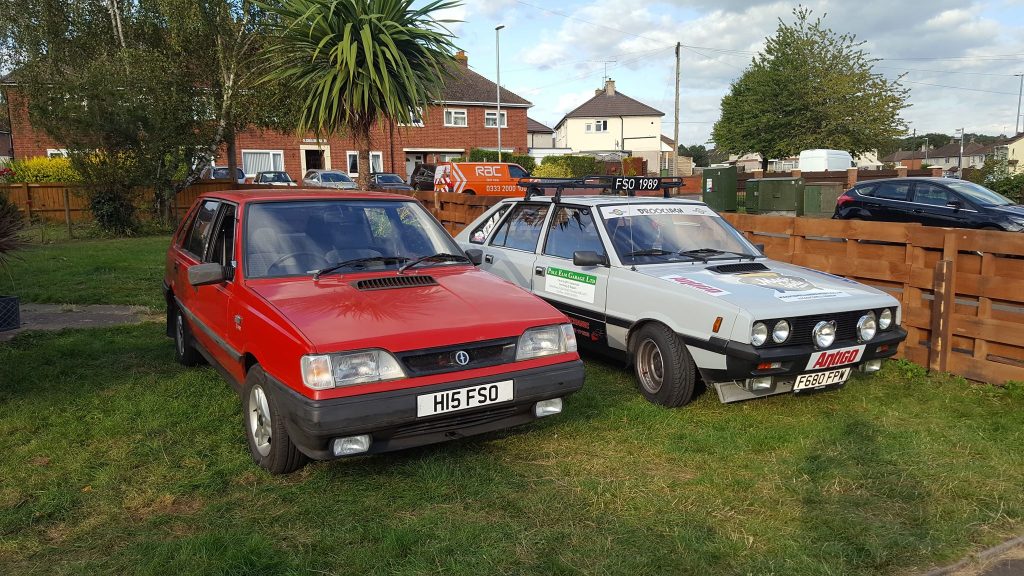
A pair of FSO Polonez’s – Photo provided by Patryk Pat Druciarz Firlej 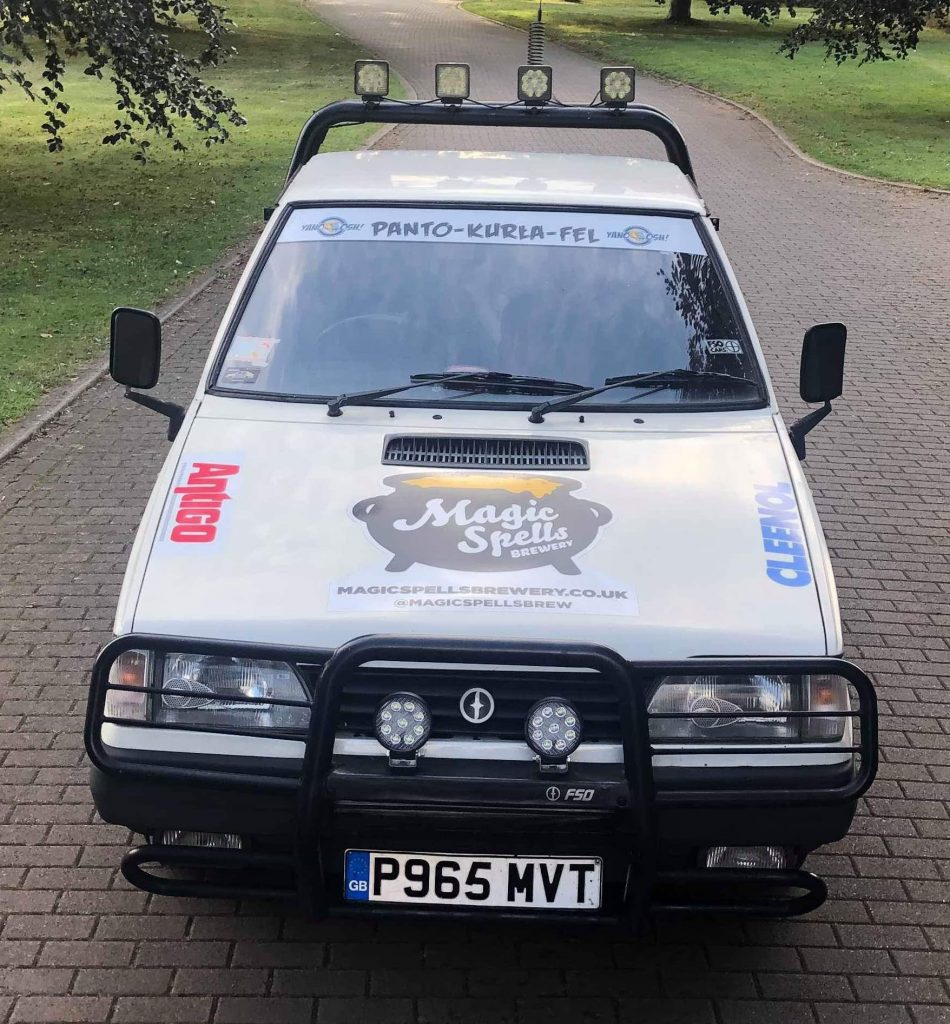
White FSO Polonez – Photo provided by Patryk Pat Druciarz Firlej 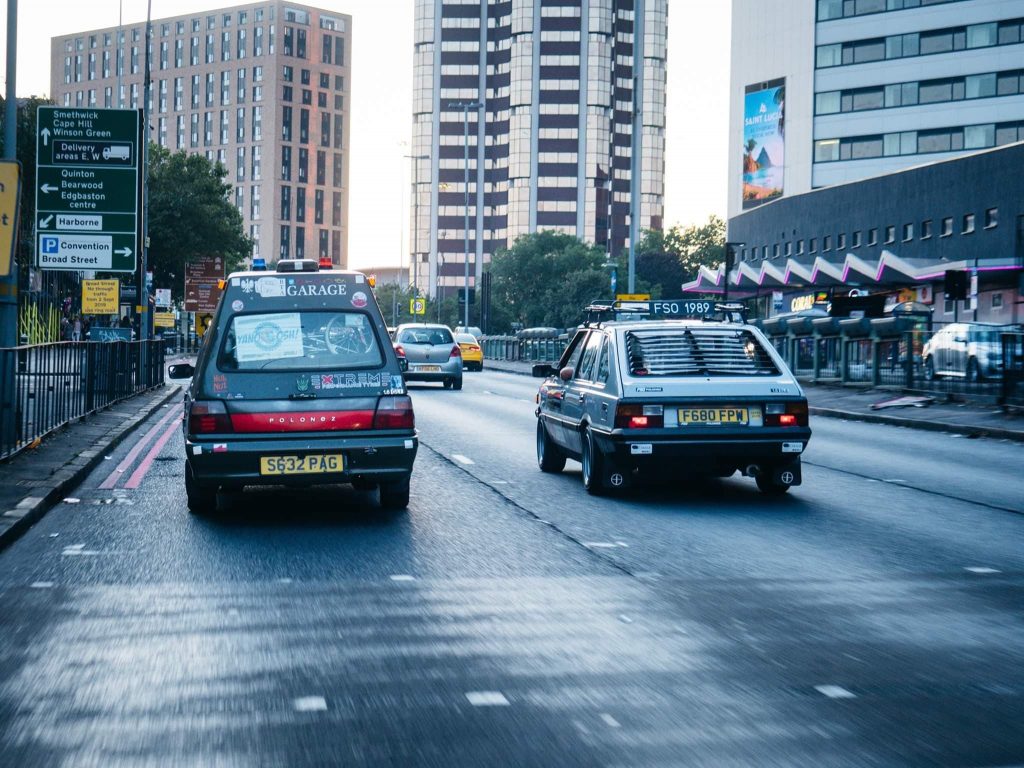
A pair of FSO Polonez’s in Birmingham – Photo provided by Patryk Pat Druciarz Firlej 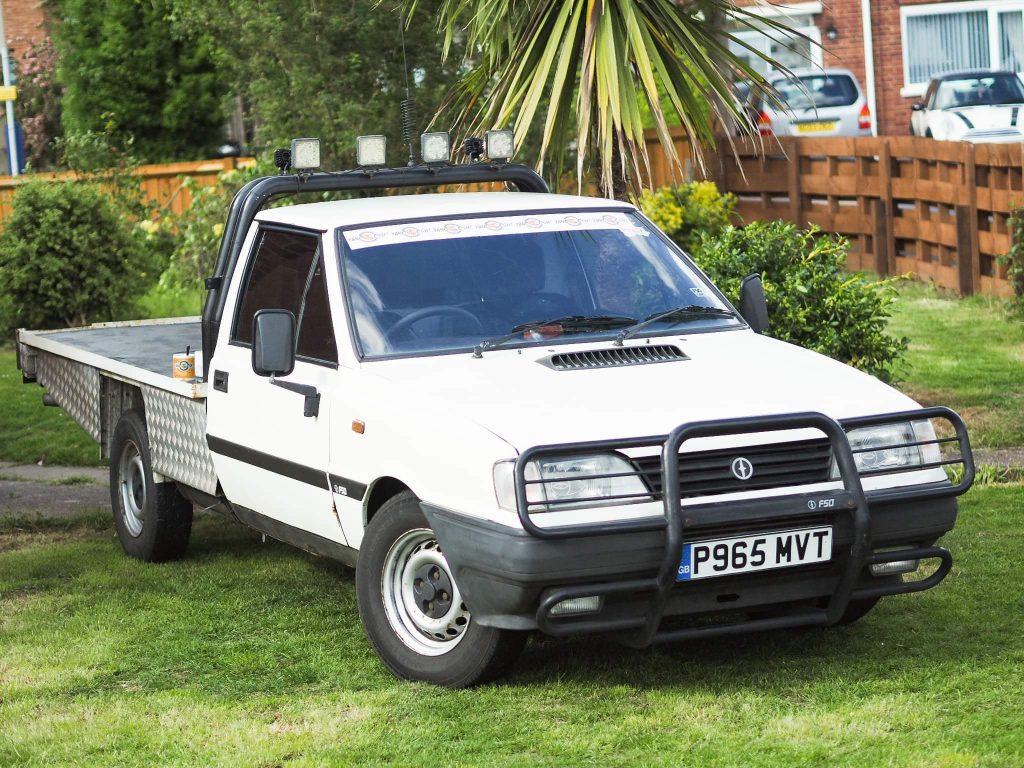
FSO Polonez Truck – Photo provided by Patryk Pat Druciarz Firlej 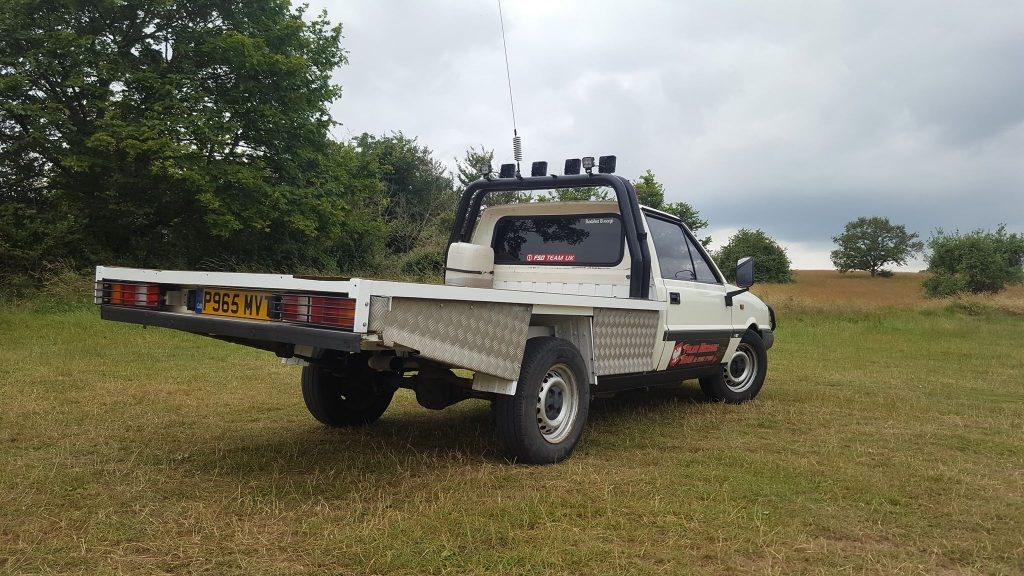
FSO Polonez Truck – Photo provided by Patryk Pat Druciarz Firlej 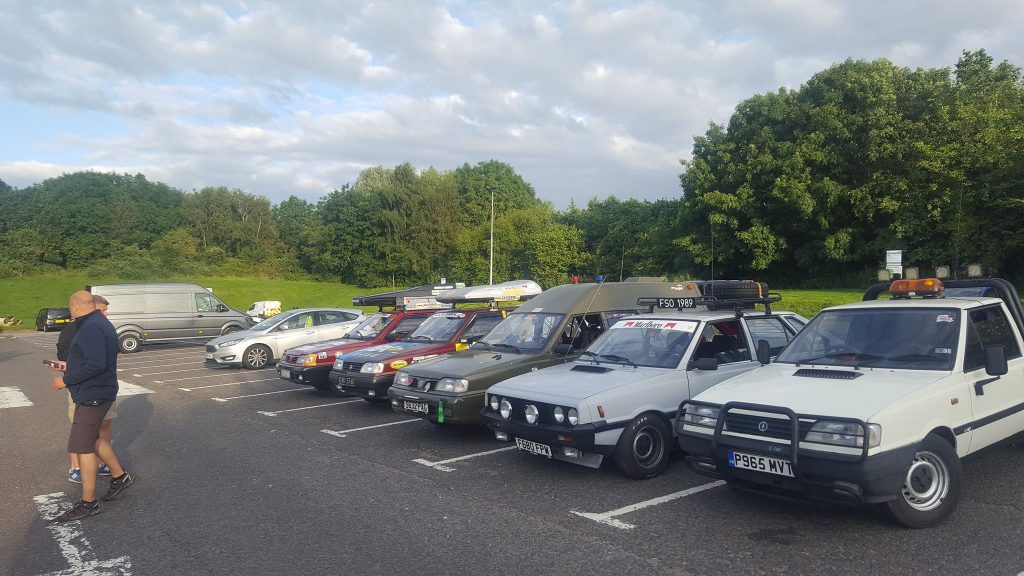
Collection of FSO Polonez’s – Photo provided by Patryk Pat Druciarz Firlej 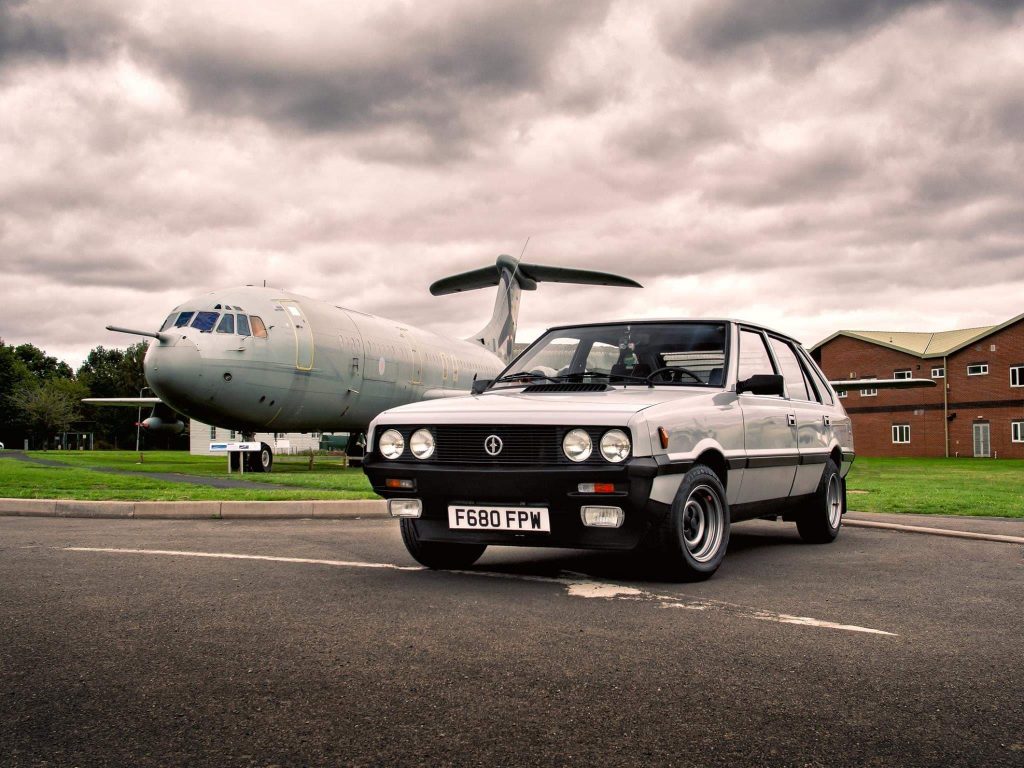
Patryk Pat Druciarz Firlej’s FSO Polonez 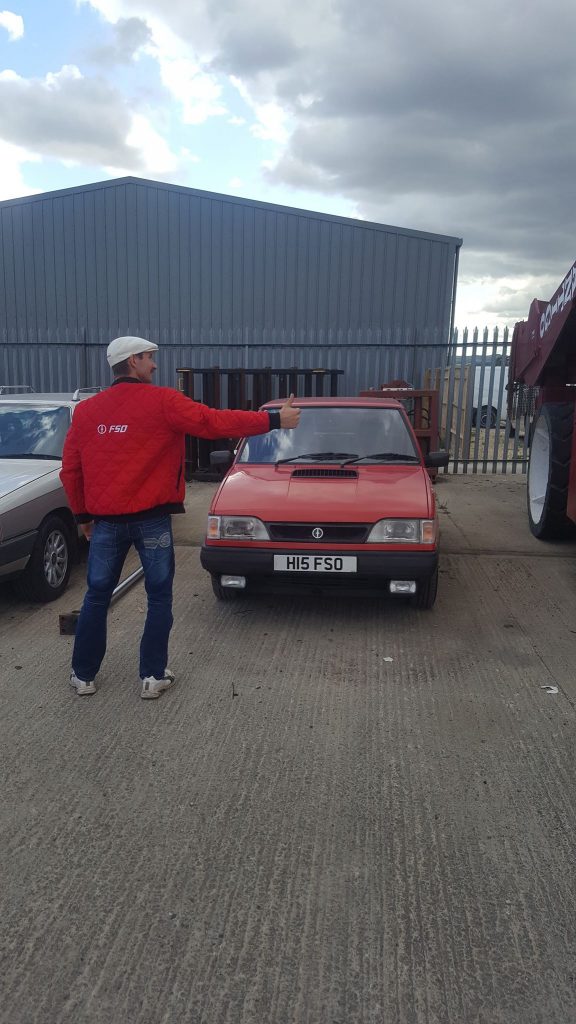
Kamil Wozniak’s Red FSO Polonez – Photo provided by Patryk Pat Druciarz Firlej 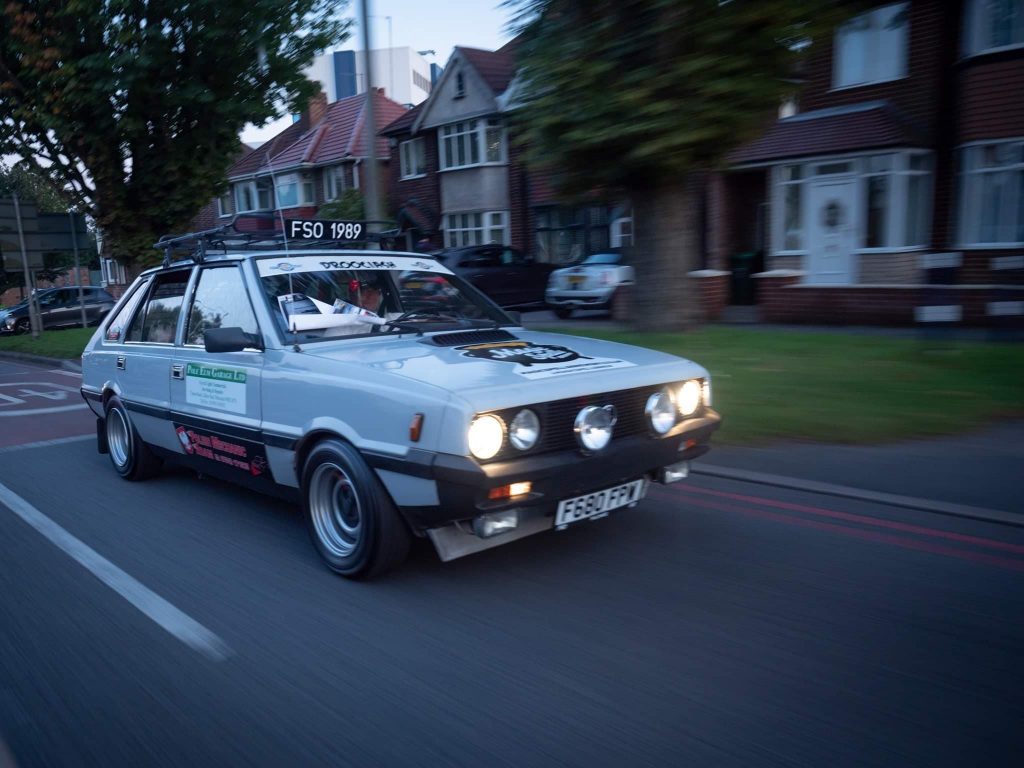
Patryk Pat Druciarz Firlej’s FSO Polonez 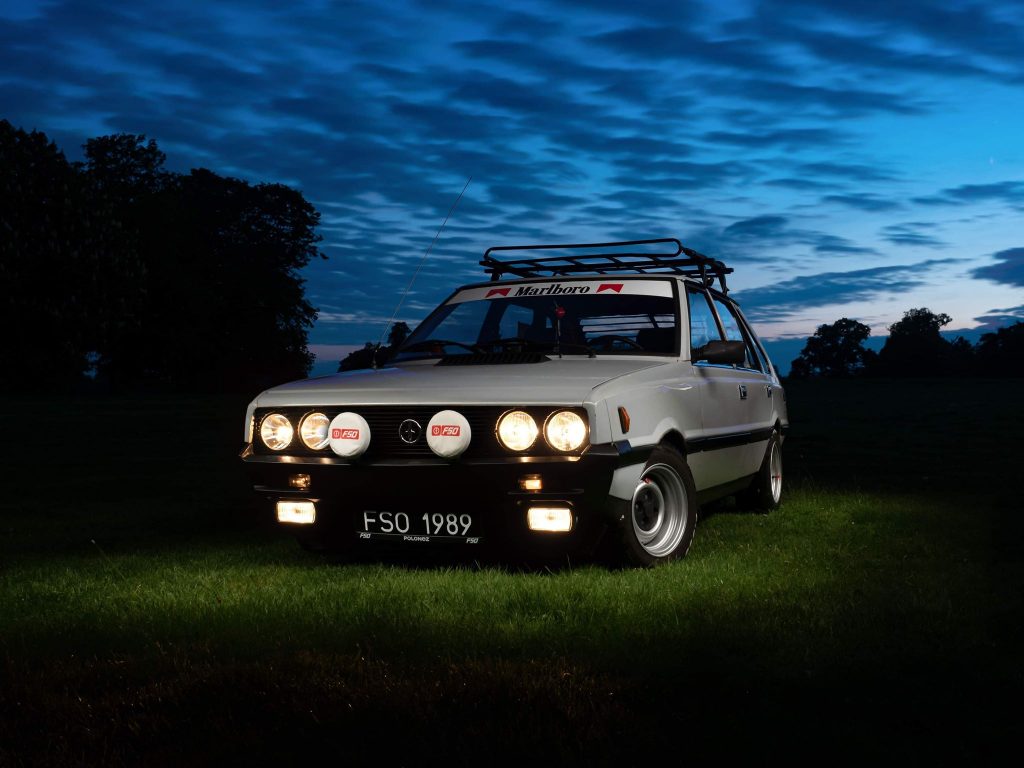
Patryk Pat Druciarz Firlej’s FSO Polonez 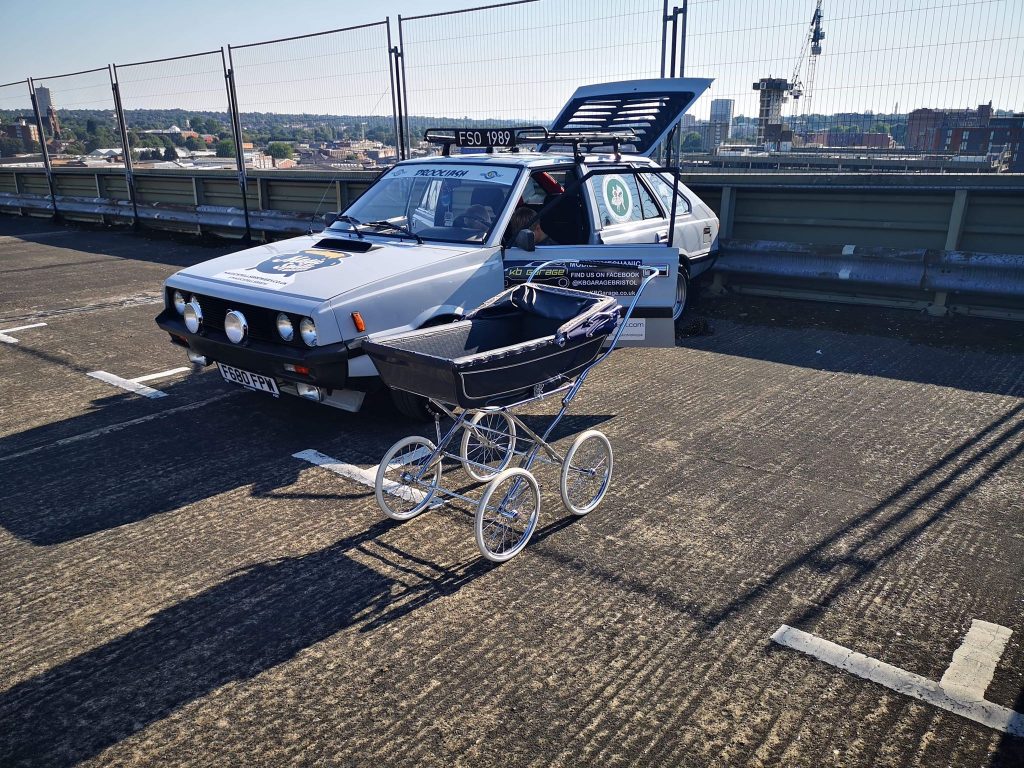
Patryk Pat Druciarz Firlej’s FSO Polonez 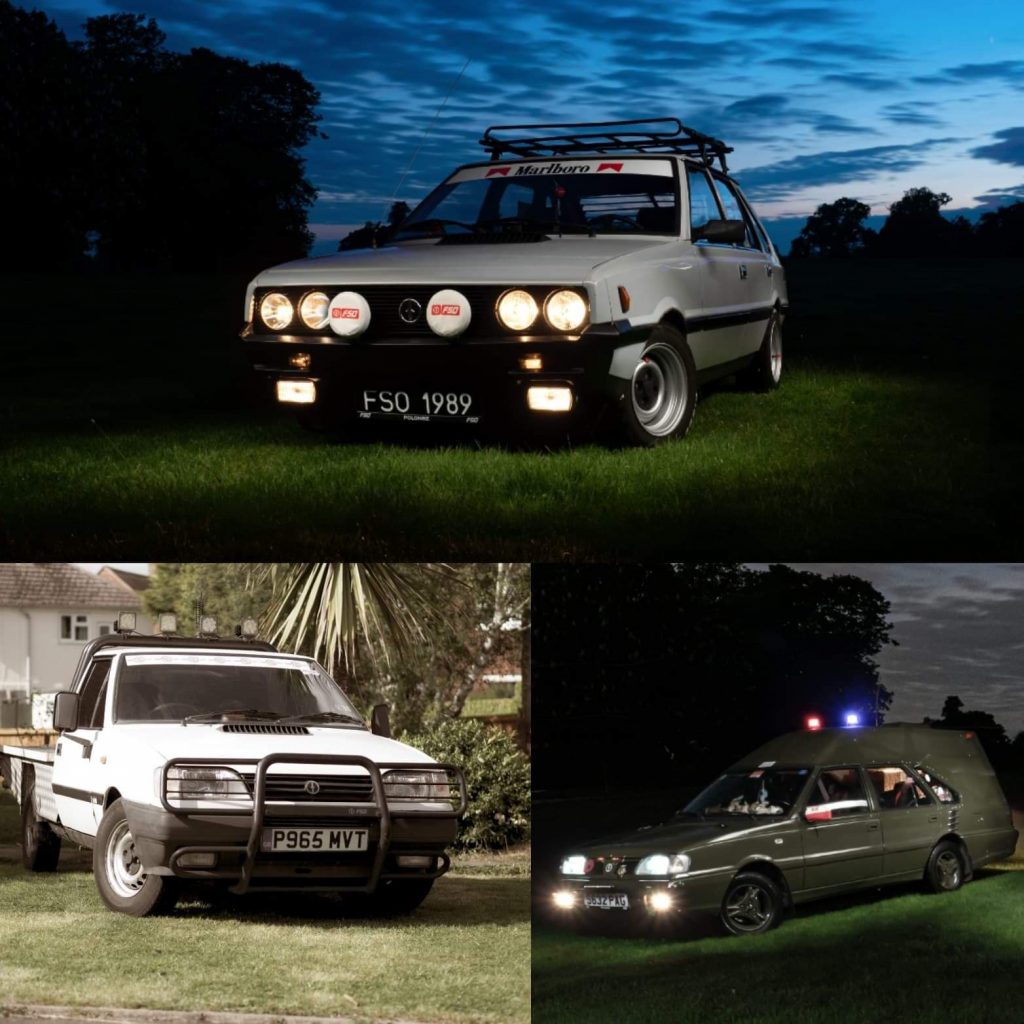
Collection of FSO Polonez’s – Photo provided by Patryk Pat Druciarz Firlej 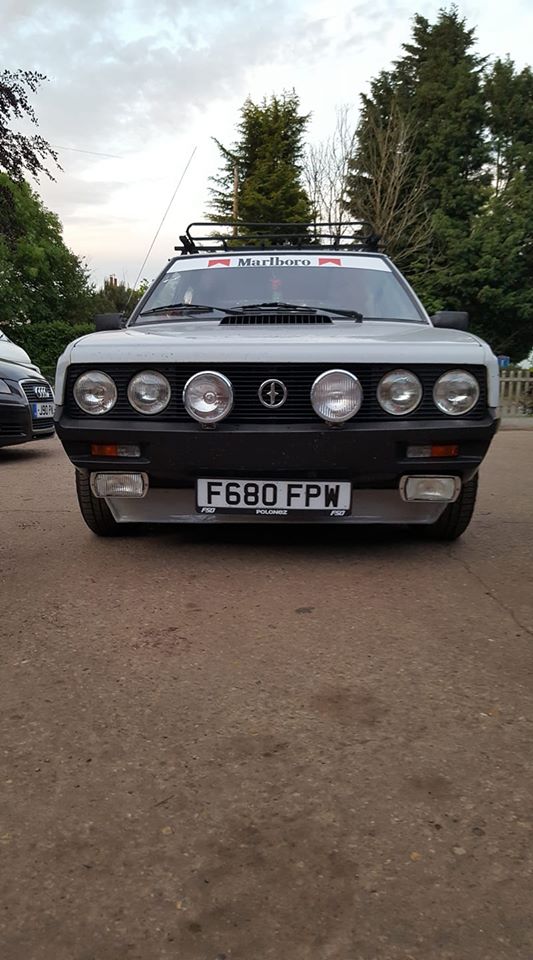
Patryk Pat Druciarz Firlej’s FSO Polonez 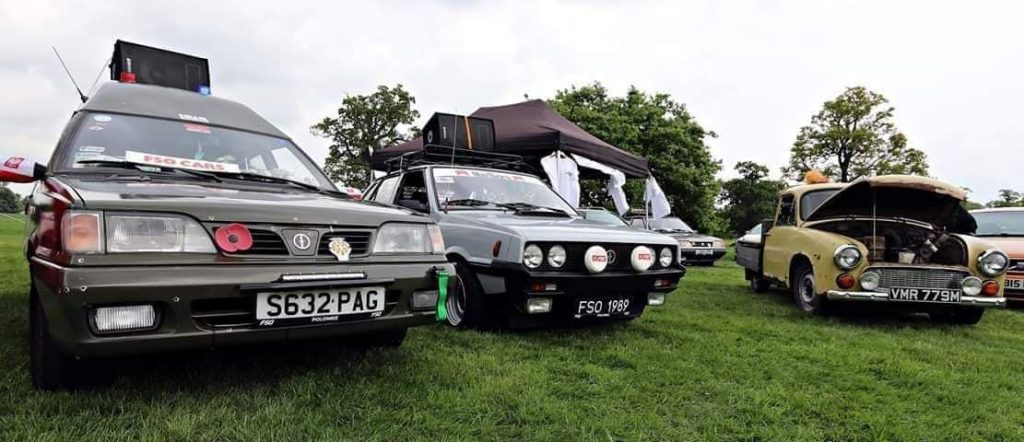
Collection of FSO Polonez’s – Photo provided by Patryk Pat Druciarz Firlej 
Collection of FSO Polonez’s – Photo provided by Patryk Pat Druciarz Firlej 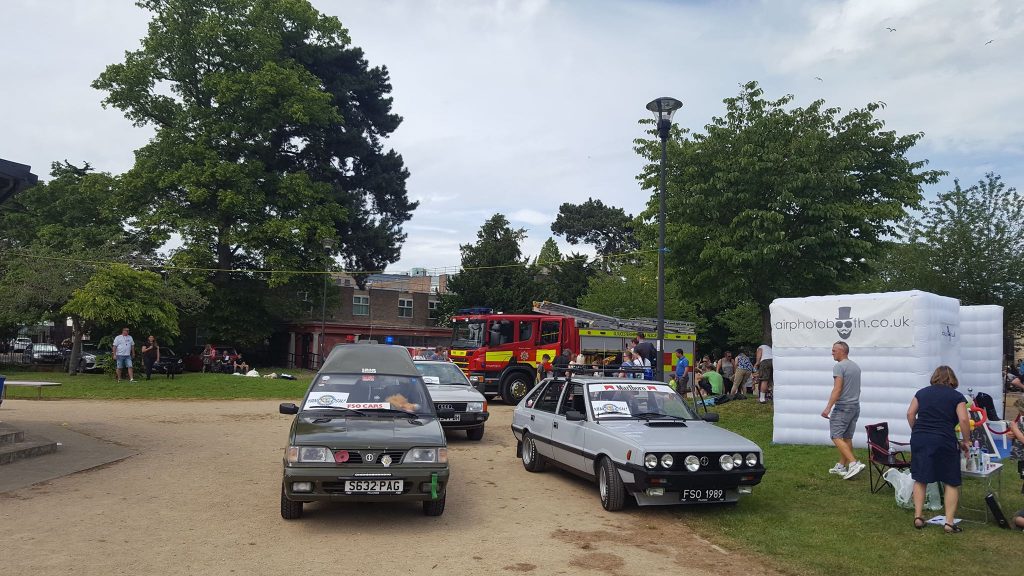
Collection of FSO Polonez’s – Photo provided by Patryk Pat Druciarz Firlej 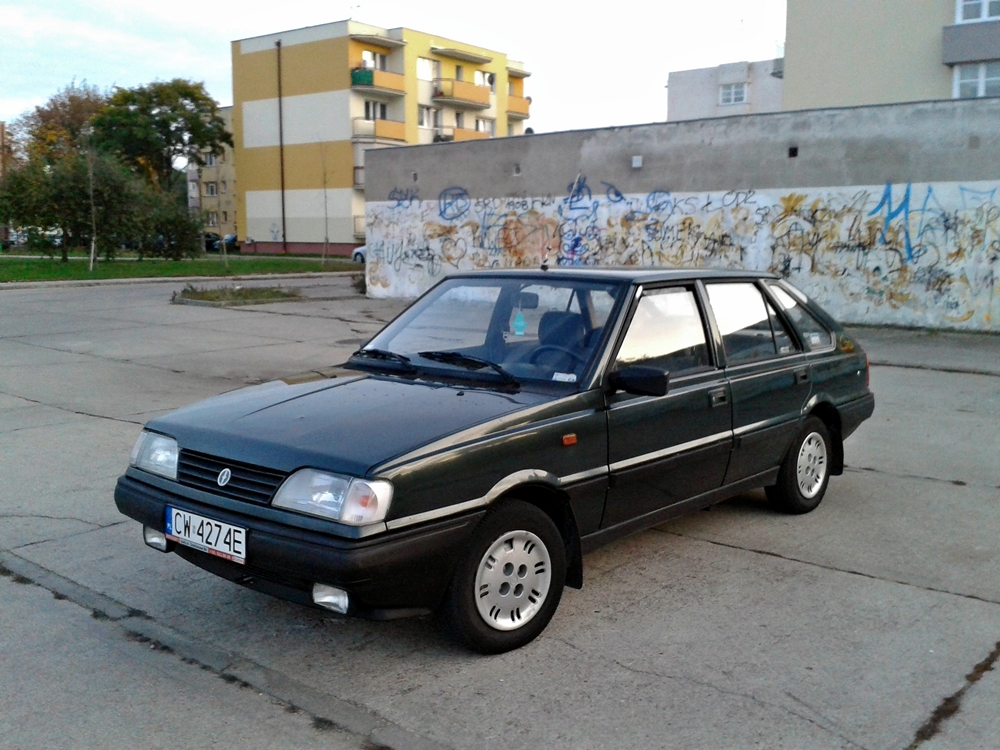
Paweł Oborski’s FSO Polonez Caro 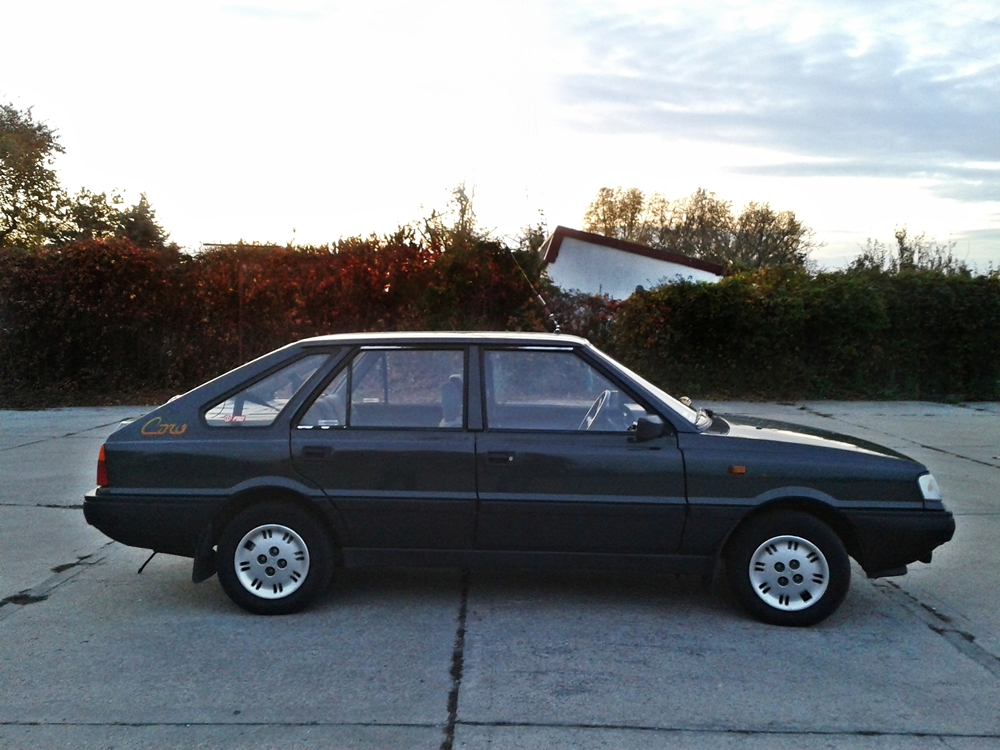
Paweł Oborski’s FSO Polonez Caro 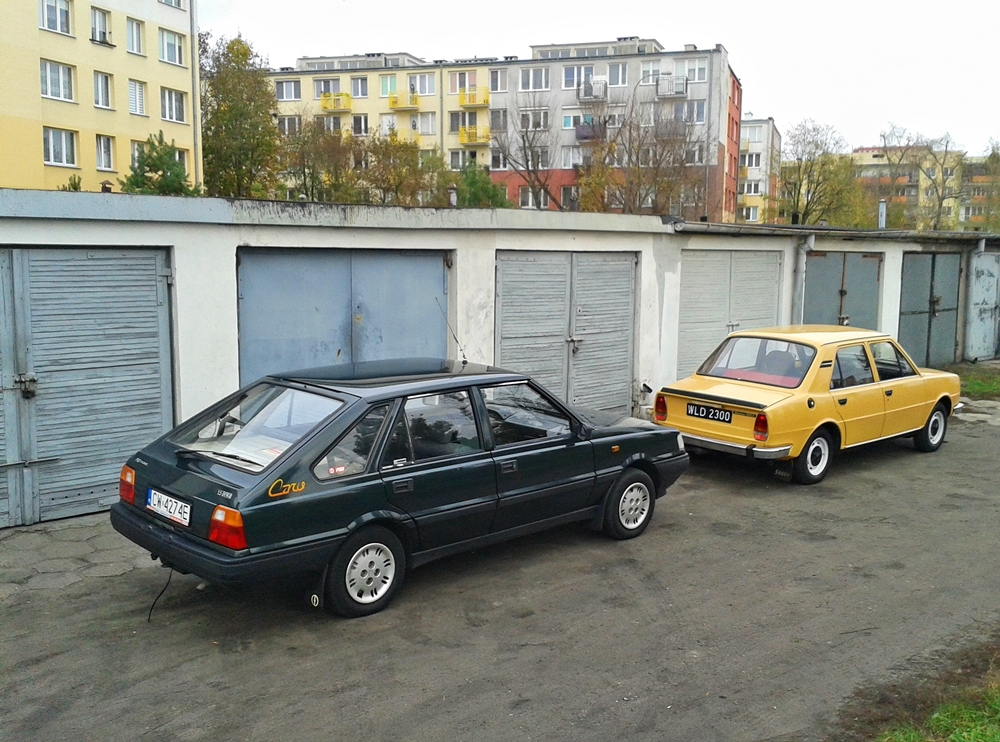
Paweł Oborski’s FSO Polonez Caro 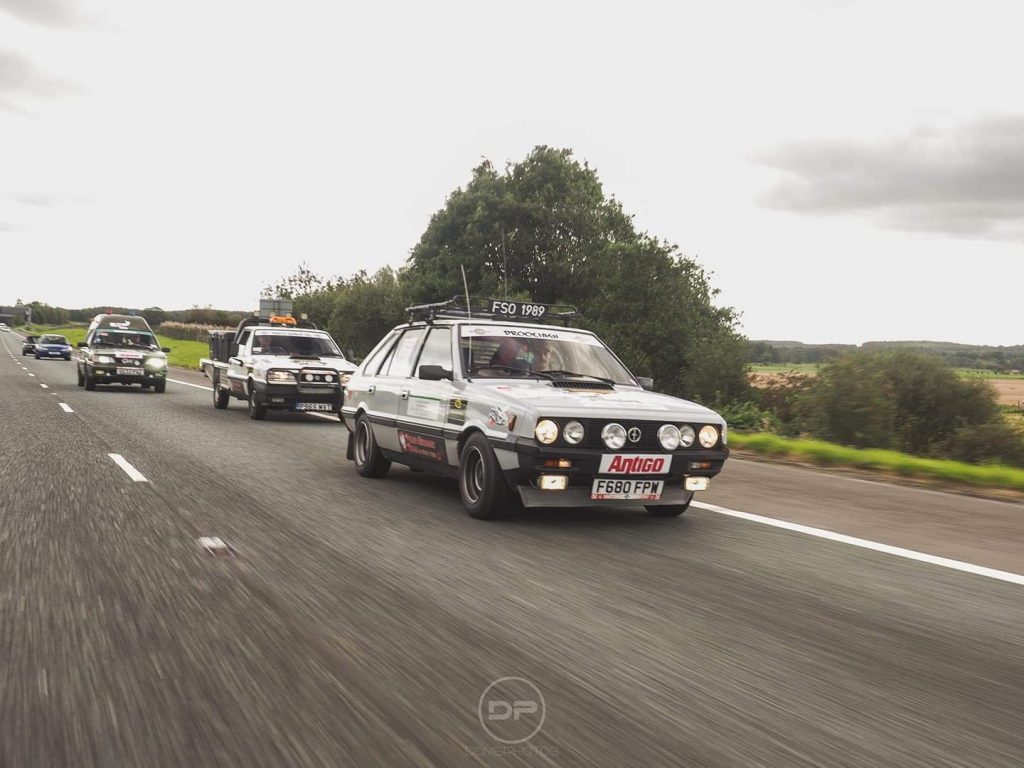
Patryk Pat Druciarz Firlej’s FSO Polonez

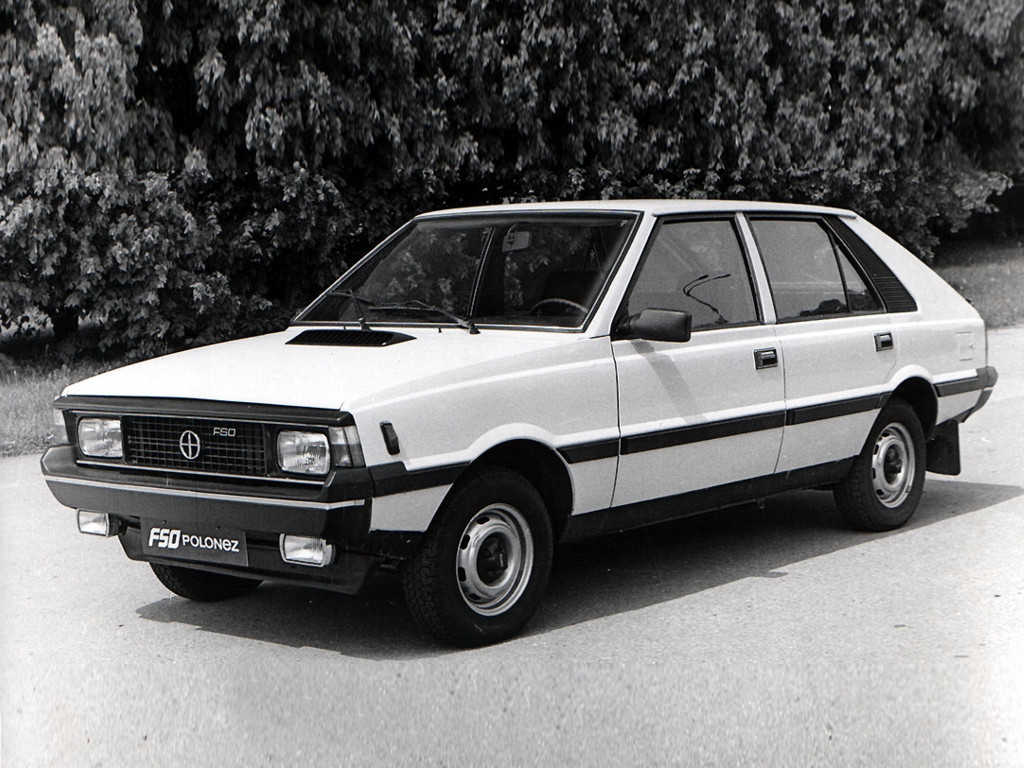
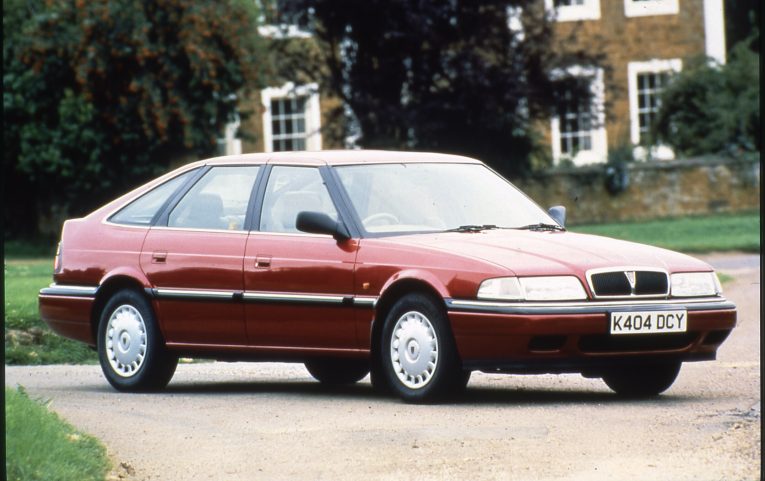
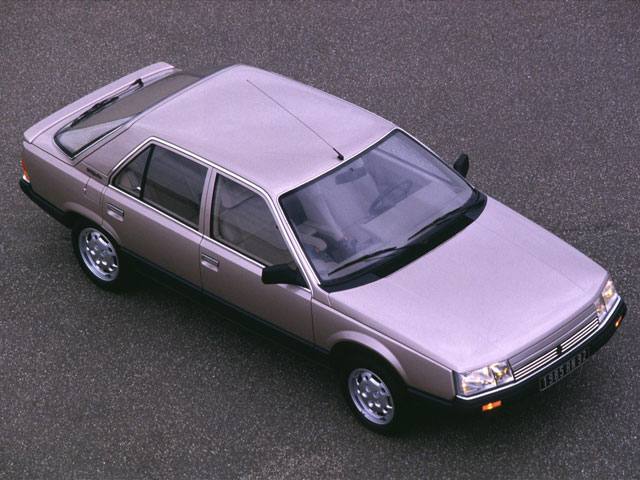
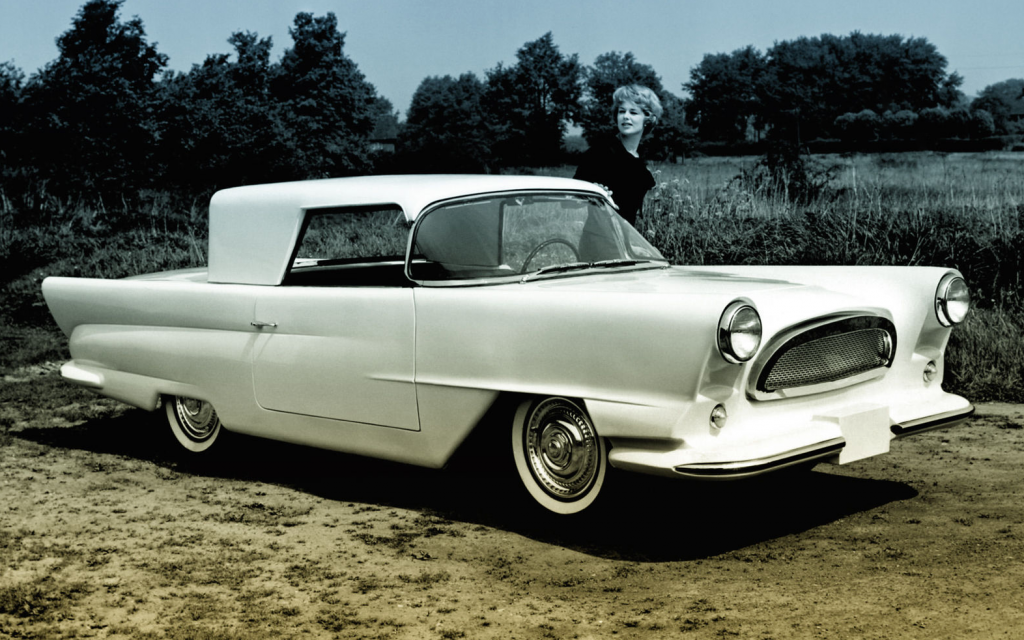
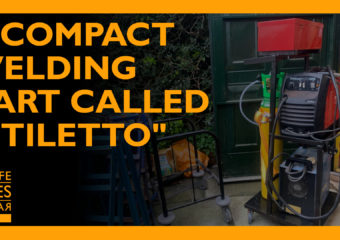

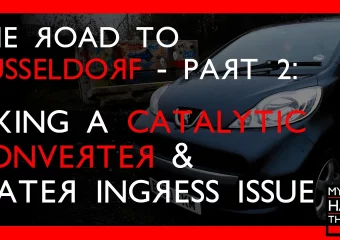
An excellent article. I can only quote my own experience. When Wartburgs were no longer imported to the UK, in about 1980 my Wartburg Knight need replacing, and the dealer was now an FSO franchise. I was offered a used Polonez, the one model sold, no varients, 1500cc petrol, 5 door hatchback, FFA907T in 1980. In 1981 I went abroad in it to the GDR, and several times subsequently, until I p/xed it in about 1983 for a new Lada 1600 saloon. The Polonez was comfortable and reliable, but not the best starter in very cold weather. I read about the non-folding rear seat; I never once would have liked to do this, so a “non-problem” for me. One feature that the Polonez enjoyed that no other car I have owned has had fitted, was an instrument light rheostat. In the GDR a Polonez was a rarity; Poland only solld the basic 125 to the GDR, saving the Polonez for western European exports.
Thanks for your comment. I’ve been told since that the non-folding rear seat only affected the Mk1 Polonez, the newer versions had a folding seat. And it’s surprising that it wasn’t a good starter in the cold, given the climate in Poland.
I was an experimental fitter in engine test in Rover in the early 90’s. I worked with a polish gentleman who had the same job and was “volunteered” to assist in technical matters during the implementation of the K series engine with FSO. I’m not totally sure but it may have been his first visit back since escaping the Iron Curtain. He was (no idea if he is still around) a great engineer and a great friend at the time. Your story brought back the memory, thanks.
That’s a great story! I may drop you an email (if you don’t mind of course) about the development and implementation of the K-Series in the FSO at some point in the future?
I’ve just come across this site and wanted to add my own experiences of a FSO. Mine was the 125p, the FSO version of the Fiat saloon car, which I bought from a guy in Hillingdon, Middlesex. Apart from regular servicing (oil, filters, plugs & pads) it NEVER went wrong. Granted, it wasn’t the easiest car to drive; the steering was heavy, the gears clunky and the handling sloppy, but it started every time and kept going!
I gave it to my daughter when she passed her driving test and she went all over the place in it, including Glastonbury on one occasion, when the she used the FSO to pull numerous modern cars out off the mud!
Unfortunately a team of gypsies tried to take it away, thinking it was unwanted, but gave up, dropping it back in the road. The damage meant the insurance wrote it off, so it was scarped. I really miss it!
It definitely seems to be a theme amongst people, other than my old man, who had these FSO’s. They were fairly reliable as they were so rudimentary in their design. So nothing fancy to go wrong, it just worked. Except, of course, it came to ash trays for example. Someone told me that it flew out of the car under acceleration without anyone pulling on it.
The FSO 125p, in the UK at the very least, are rare. I’ve seen one of the Yanoosh! lads buy a camper version, so some do exist in the UK. Probably in barns or locked garages, waiting for the owner to depart sadly.
My Dad liked them so much that he bought two! We put plenty of miles on them with no reliability issues. I even learned to drive in one in 1987. There was a big dealer around here once-upon-a-time and 20 years later we’d still see plenty of old ones still driving aound, although I’ve not seen one for a while now.
“You had the choice of either a 1.3 litre petrol or a 1.5 litre petrol. But both were so asthmatic and wheezy they should’ve came with their own inhalers. FSO had hoped to include Fiat’s powerful 2.0l DOHC engine, but the money wasn’t there to make that happen. […] After the fall of the Berlin wall and Poland’s inclusion in to the European Union”
It is probably not that important in the scope of this article. But even limiting yourself to english wikipedia would tell you a bit more complicated history and setup: *In 1979 the FSO Polonez 2000, sold mostly to government officials, appeared. The Polonez 2000 has a Fiat twin-cam engine with 1,995 cc, 82 kW (110 hp) In 1981 a more economical version of the Polonez started being produced […] fitted with the AB 1,481 cc engine of 60 kW (80 hp), a five-speed gearbox […] In 1981 and 1983, the FSO Polonez Coupé […] had the usual 1,481 cc engine with 60 kW (80 hp) and 2,0 DOHC Fiat…*
Let’s just stop to 1983, this does not matter so much. The Polonez had on outdated design et build in many accounts due to his origins and the circonstances of the polish communist bloc economy. But the engine power or level of equipement is really not the issue, especially not by comparison to what was sold by other europeans carmakers.
You wrote that it “lacked any real power”. The 76hp, the 82hp or the 87hp lacked so much? Compared to what? To a 55hp Ford Escort mark III for instance? to a 65hp/74/80 Peugeot 305 ? For that time, it was clearly in the acceptable margin for a family car.
“none sold in the UK had folding rear seats”
The user manual of the version sold in Poland shows folding rear seat as standard (page 14).
It is written on wikipedia that around 1980 (crisis period) models were suddenly sold with no equipment at all, including no folding rear seats. They we’re before and they were after, that’s is not an usual setup.
Same goes for the rear ashtrays. The topic is more complicated than that. After point out that it was not that common to have such items (Peugeot usually has a single one in the middle, at the rear of the car), let’s say that if the door are in good condition, there is litterally not reason for them to go out of their location. Different story if the door are rotten or if the door interior trim (cardboard with leatherette) is rotten, which could easily happen if the car is staying outside with windows not properly closed or dead joints (which are not unusuall).
Where was your website when I wrote my story?!
From the research I did at the time when I wrote the article none of what you’ve come to me with here was available to me. So if it’s wrong I apologise for that, but it’s what I had at the time.
In terms of “power” and the folding rear seats – this is based on what my Dad told me when he owned one for a few years. He bought it from new and he was comparing it to the Audi 100 he had before it, and he felt that it was always down on power compared to the Audi.
Thanks for the clarification, and thank you for your own website. It looks great!
Stumbled upon your comments, when having a nostalgic moment about my first and only new car i personally brought in 1990.
According to the DVLA its still out there but dropped off the radar in 1996. A Polenez H662 AKL. A1.3 petrol and probably the only 1.3 in the UK.
How do i know this – because i worked for FSO UK from 1990,
At 21, after a 3 year full time college engineering course (full time when it meant full time) i joined a warranty company run by the RAC. A year later, a blue chip company nearby called the MCL group advertised for an FSO warranty adviser. These were vehicle concessionaires for Mazda and FSO cars. I applied and got the job.
I was with the company for almost 10 years and much of that time was with FSO (later replaced by Kia Cars UK)
Back in the 90’s you could pay almost 10k for a nearly new Metro but could have a new Polenez for around £2500. If memory serves me rightly, the 125p was around £1800.
They had warranty and with over 130 dealers in the UK, so you could get them fixed anywhere.
Hopefully, within the first year, any major mechanical issues came to the surface and were ironed out with your car under warranty, and you could settle after that to relatively reliable cheap motoring.
I think most owners were repeat owners that accepted they were a fraction of the price of everything else. They were therefore prepared for some issues. Dealers would say things to me like “This is their 4 new FSO car, and never had a gearbox problem before, please can we just put a new gearbox in”
Some people just couldn’t accept the lesser quality of the cars and hated them. Even if it saved them thousands compared to other new cars, one breakdown was too much for them.
But i loved them. After all i brought one – the only 1300 they couldn’t sell, because the 1300 wasn’t sold in the UK, and i was a good way to dispose of it. I brought it cheap, but the condition was that i had to keep it until the warranty period had passed.
My wife, still remembers the car fondly even though the rear exhaust fell off when she was driving. The Monkeys at Longleat Safari park, bit off some of the window rubbers because car windows were old style trims and not generally bonded at that time. But she felt safe in ‘the tank’ as she called it.
Compare this to my first career in the motor industry, where she has no fondness of the Landrover Freelanders, new Discovery’s, Rovers, Audi’s or Nissans VW’s i got as company cars. The FSO is the one she loved and was cross at me for selling it.
I remember visiting the factory in Poland and my time in Walsall, and had an appreciation of just how resourceful the Polish were.
Working from buildings that were pre war and and rarely updated and an infrastructure still recovering, was nothing but astonishing.
Poland was being de-militarised at the time so the young (same age as me at the time) were about to find a new way.
So I’m bias. Poland produced a great car under difficult circumstances, and people in the UK got the opportunity to buy a cheap car that might have a hiccup or two, but would be fixed under warranty.
Oddly enough, mates that still work for some of the most prestigious and expensive car brands today, tell of similar reliability issues day with the expensive brands.
Strange how unreliable expensive and prestigious badges are acceptable now, but cheap badges then were less acceptable in the 90’s!
Im glad to learn there are some Polenez’s on UK roads. Would make my day to spot one driving by! Good in you all keeping them going.
I love the insight you have on this mate, thank you for sharing it with us all!